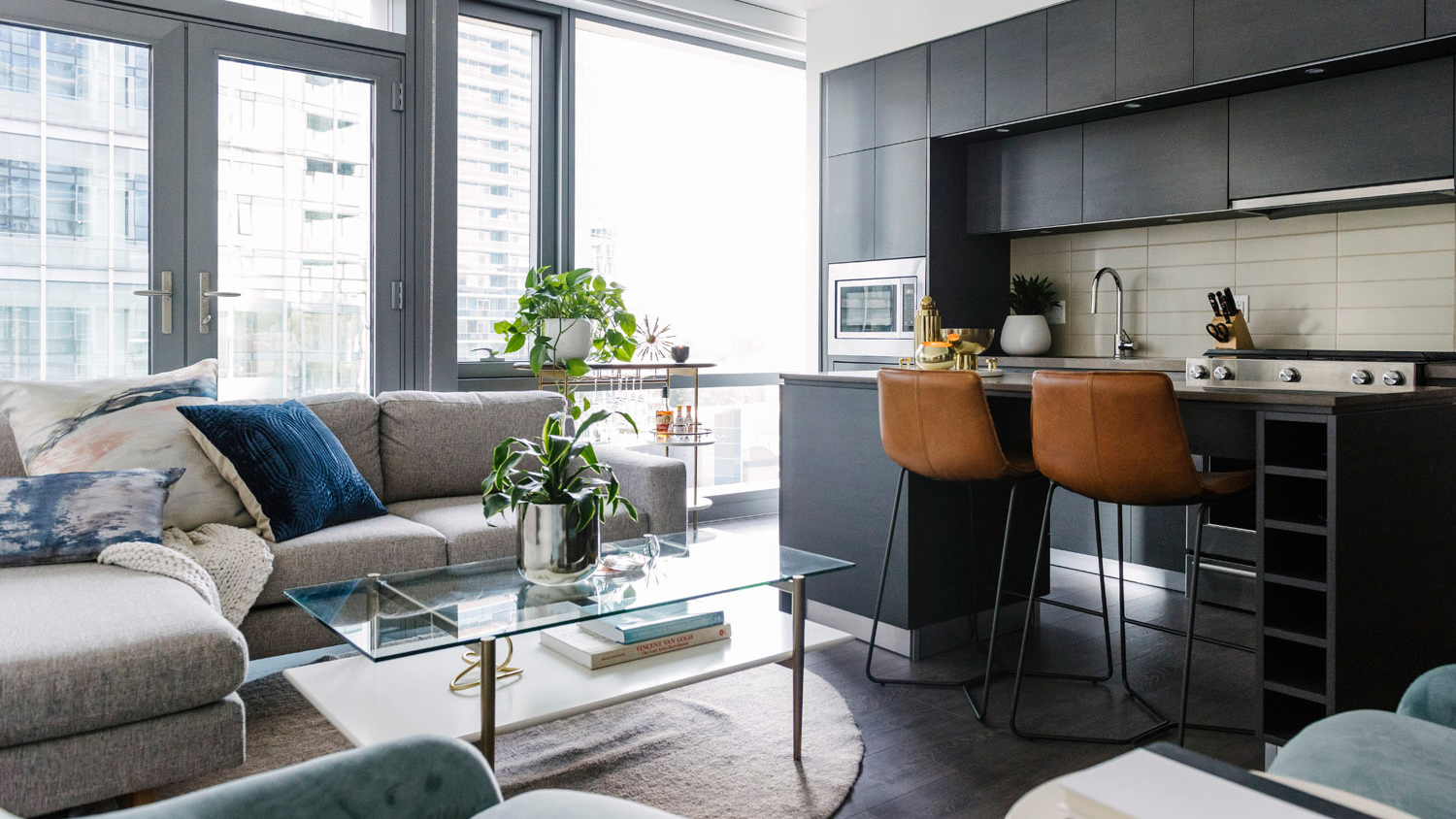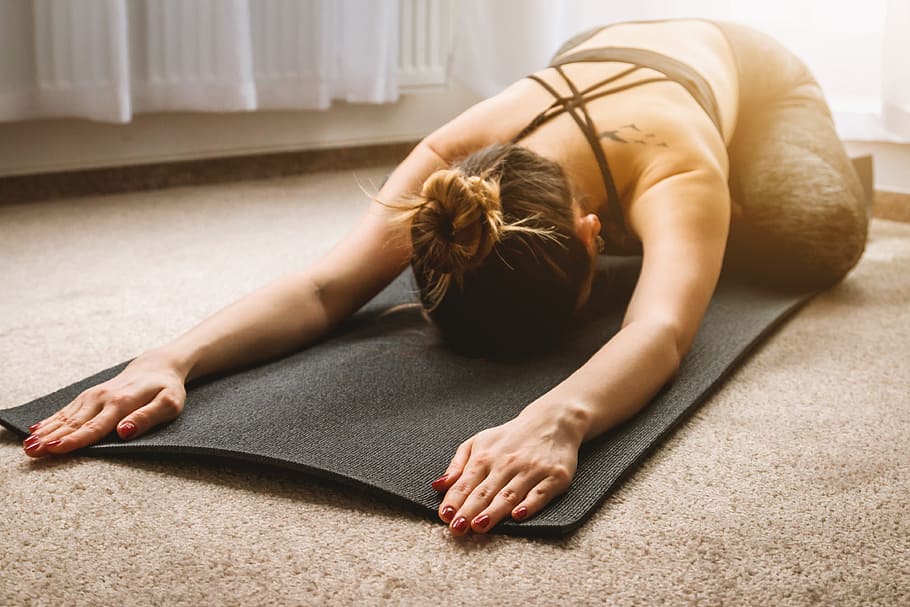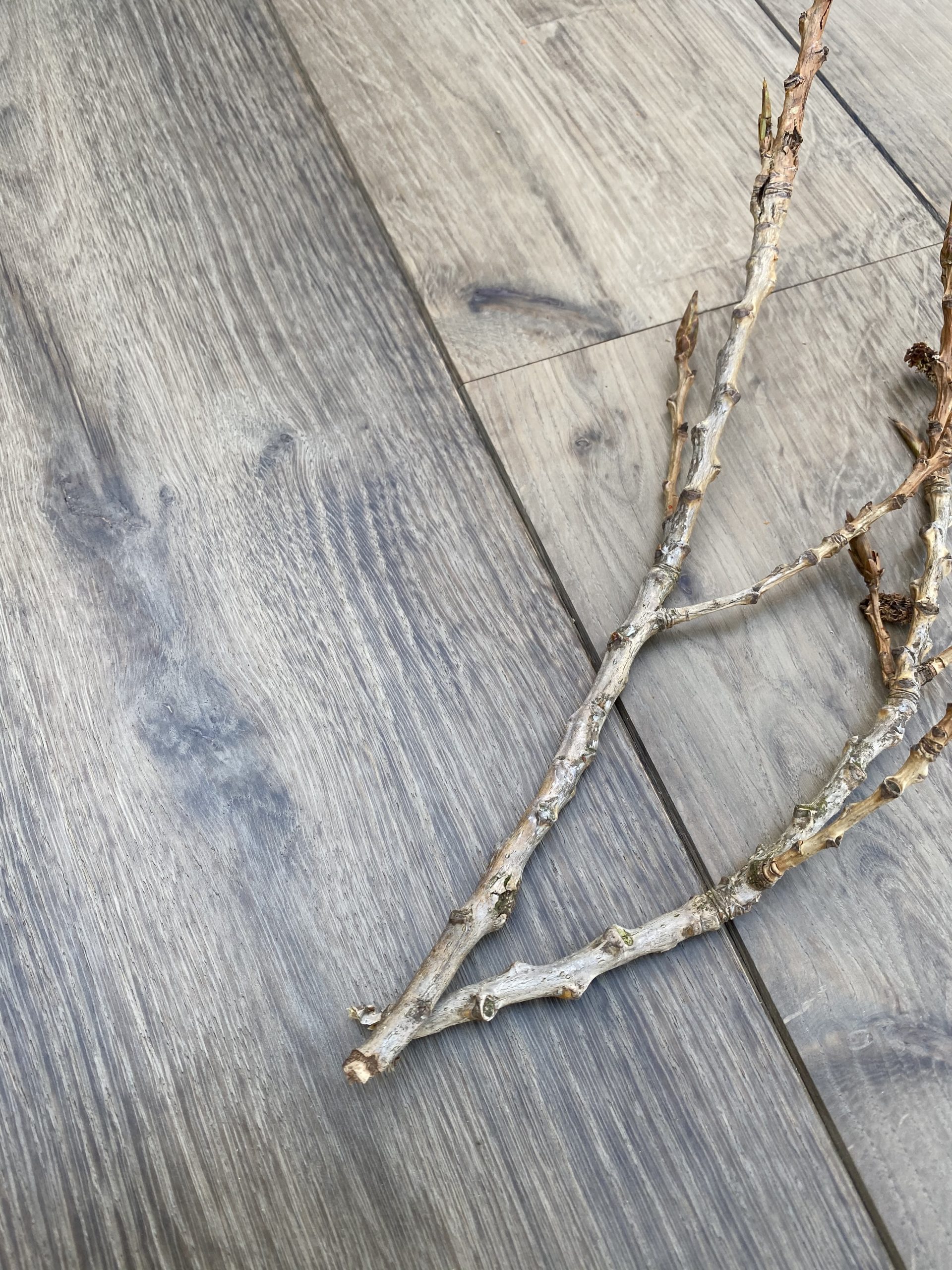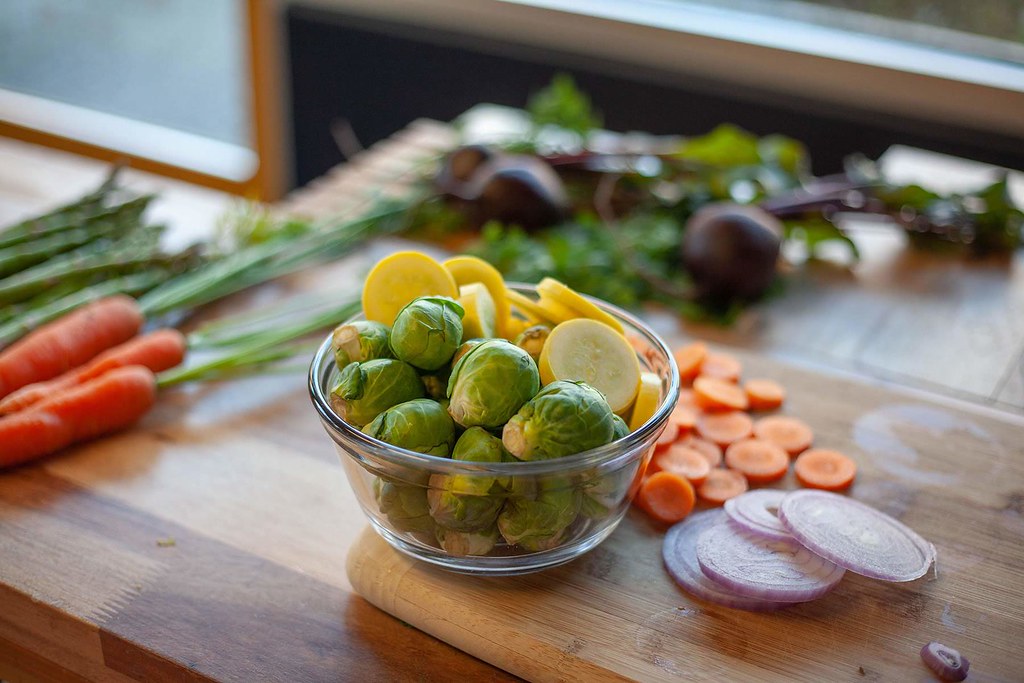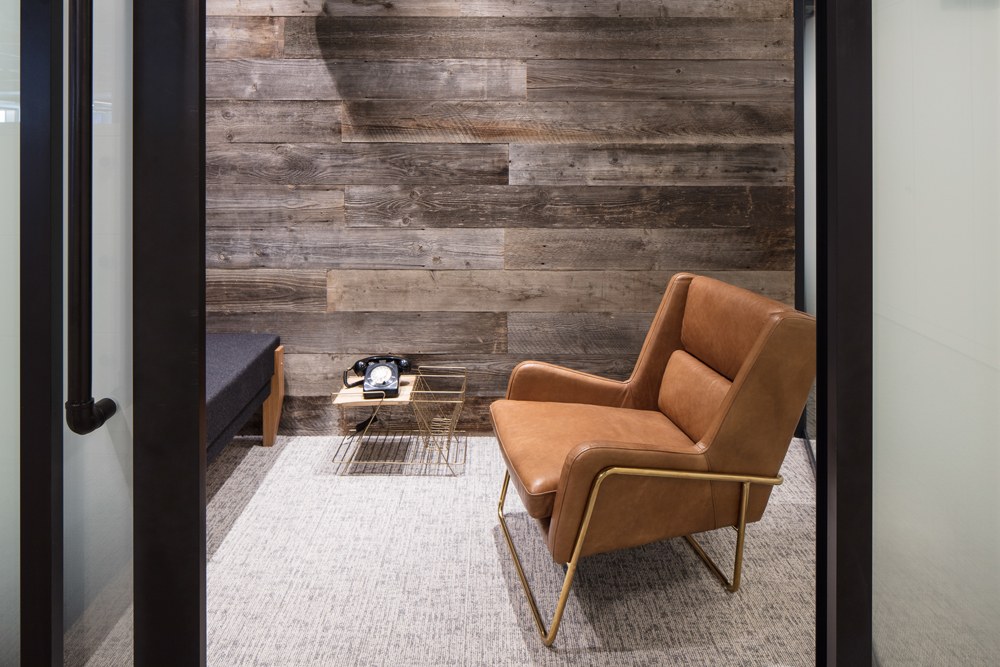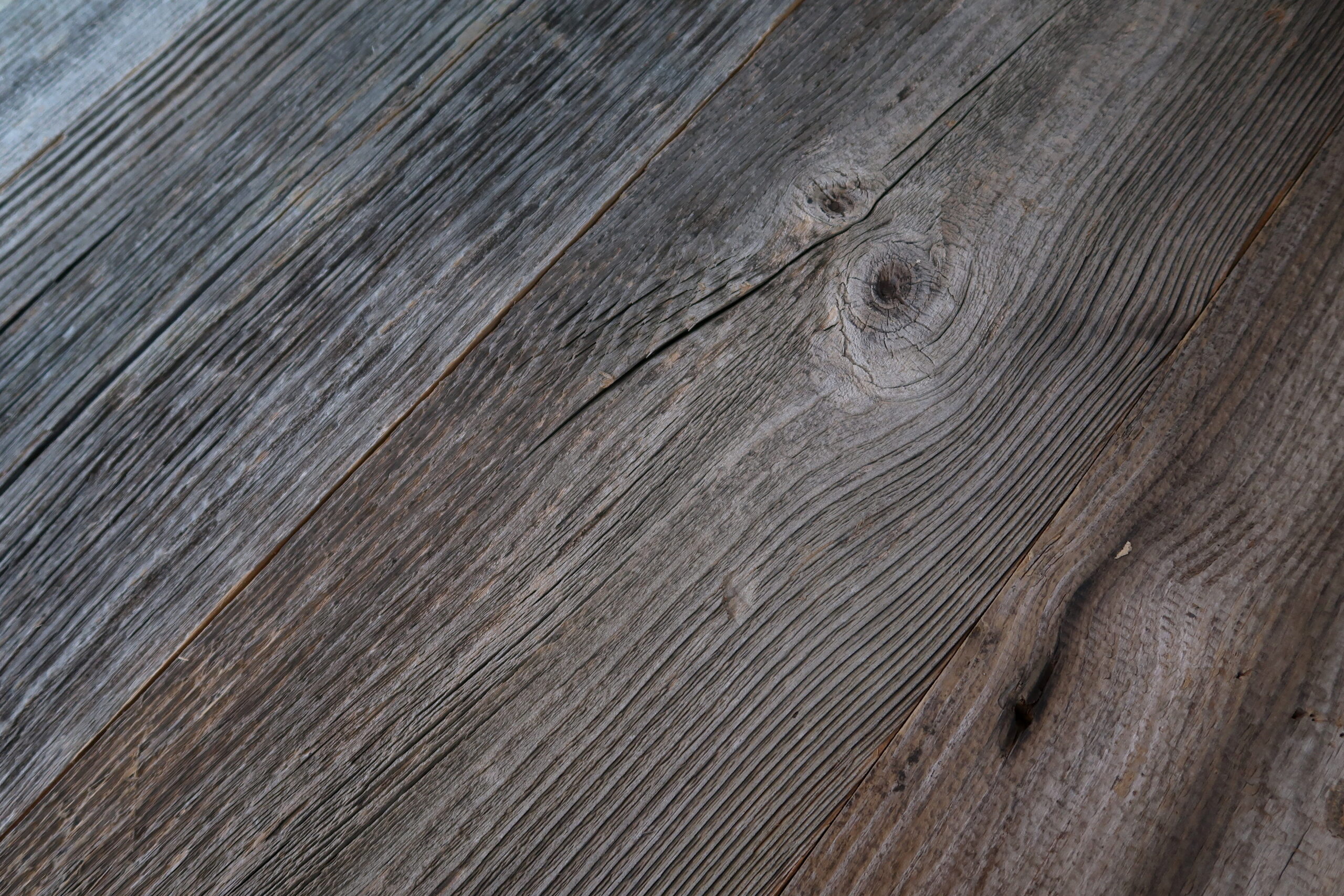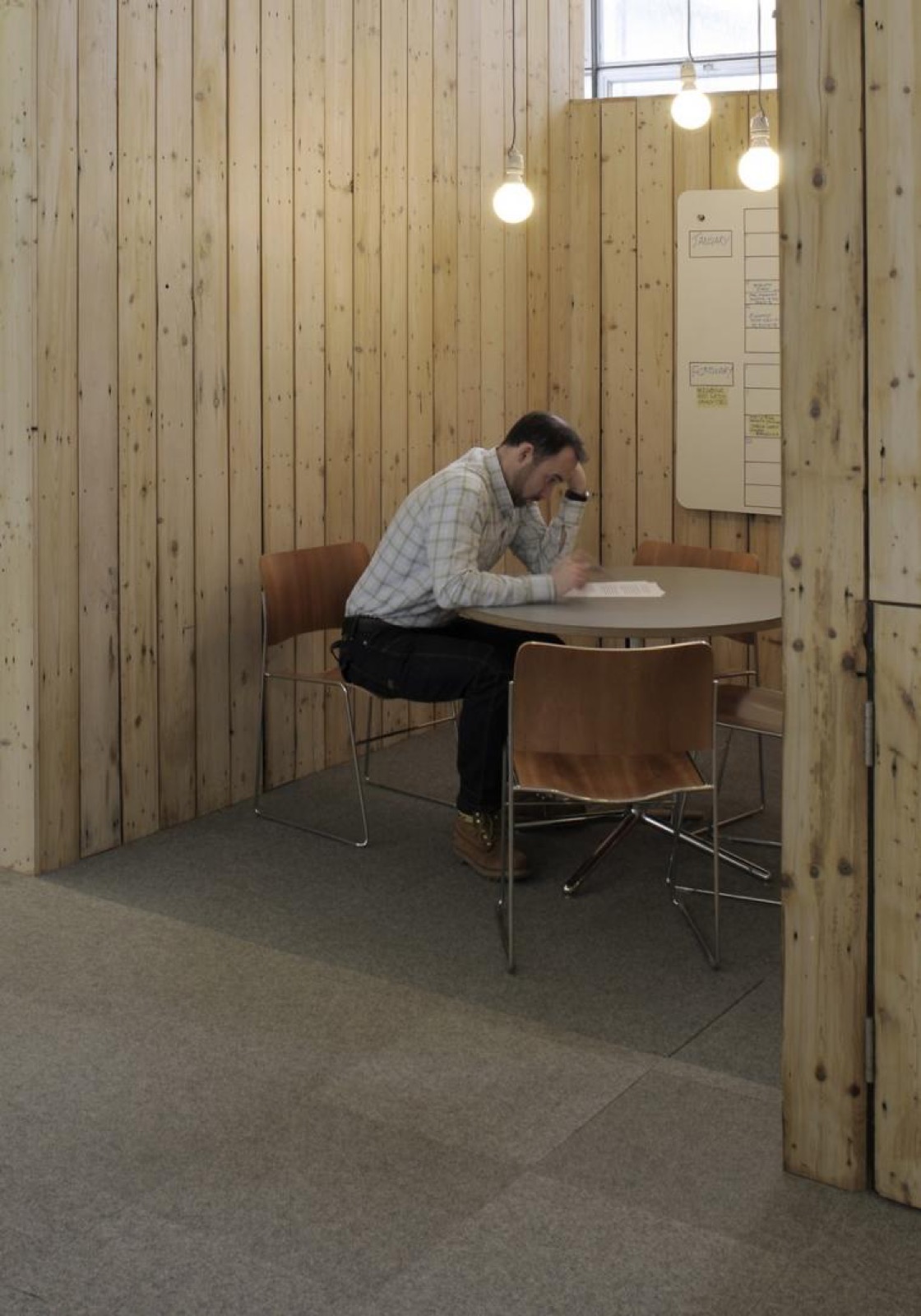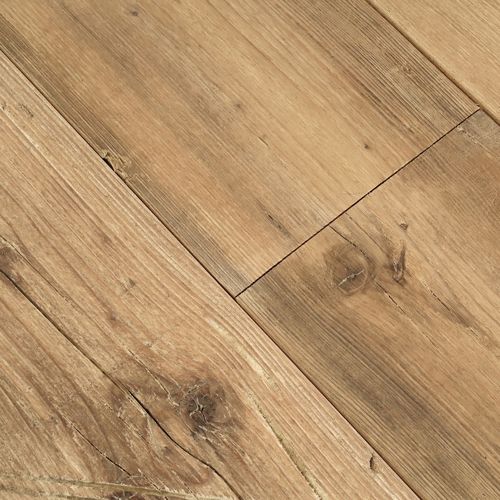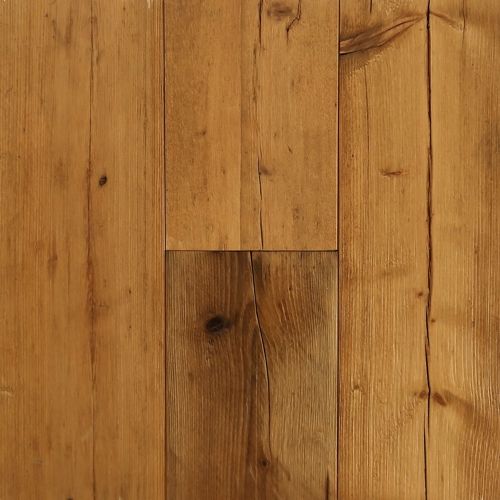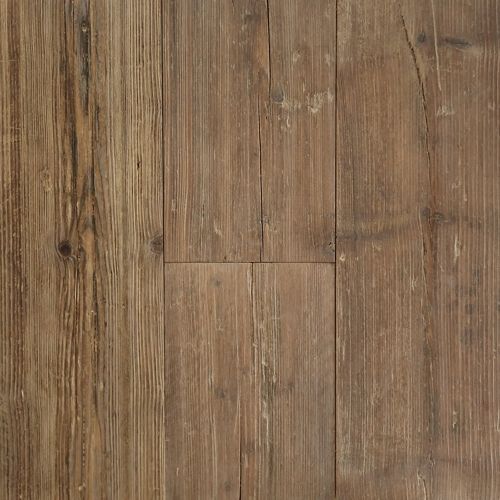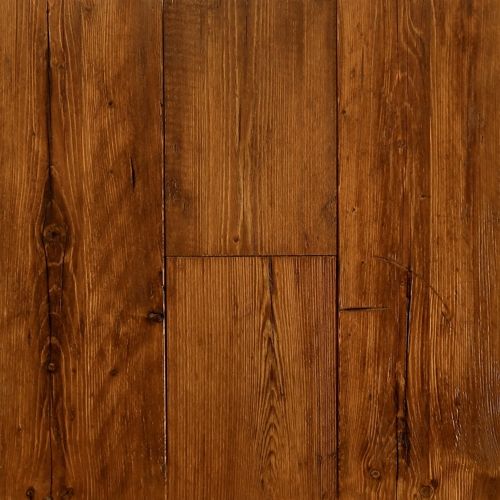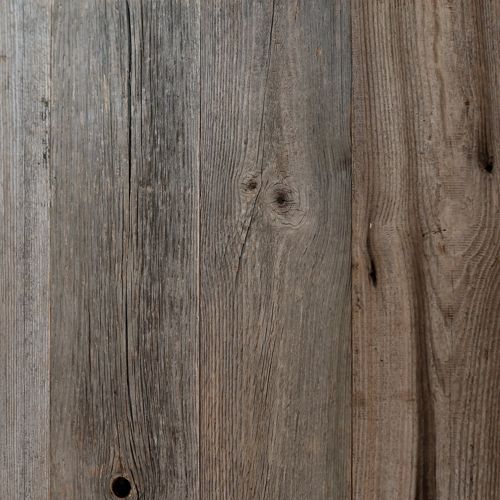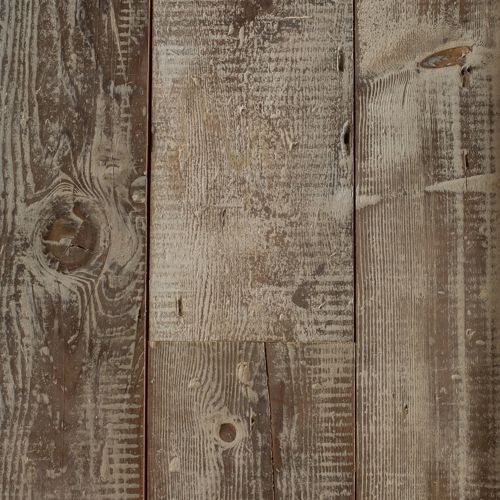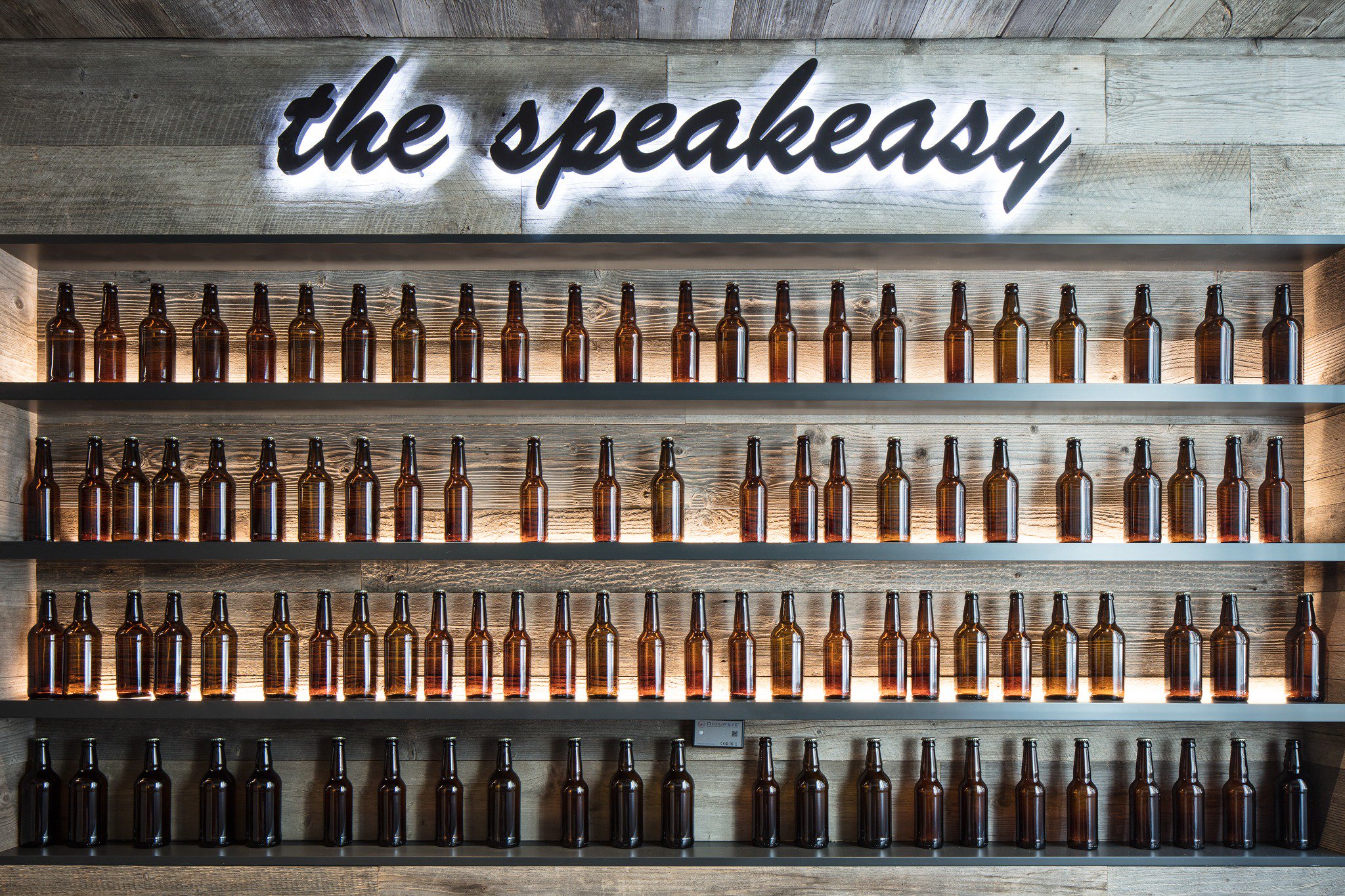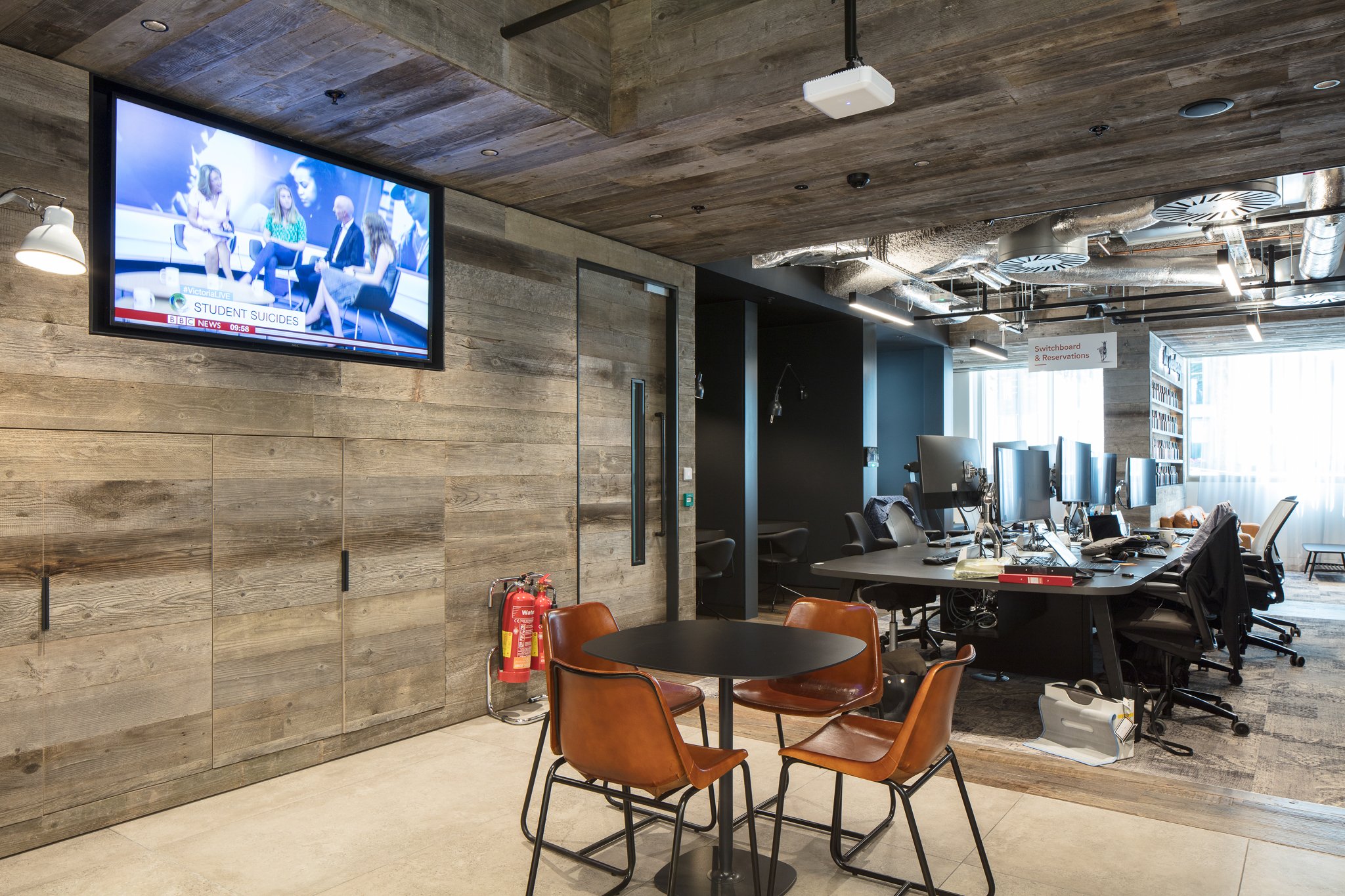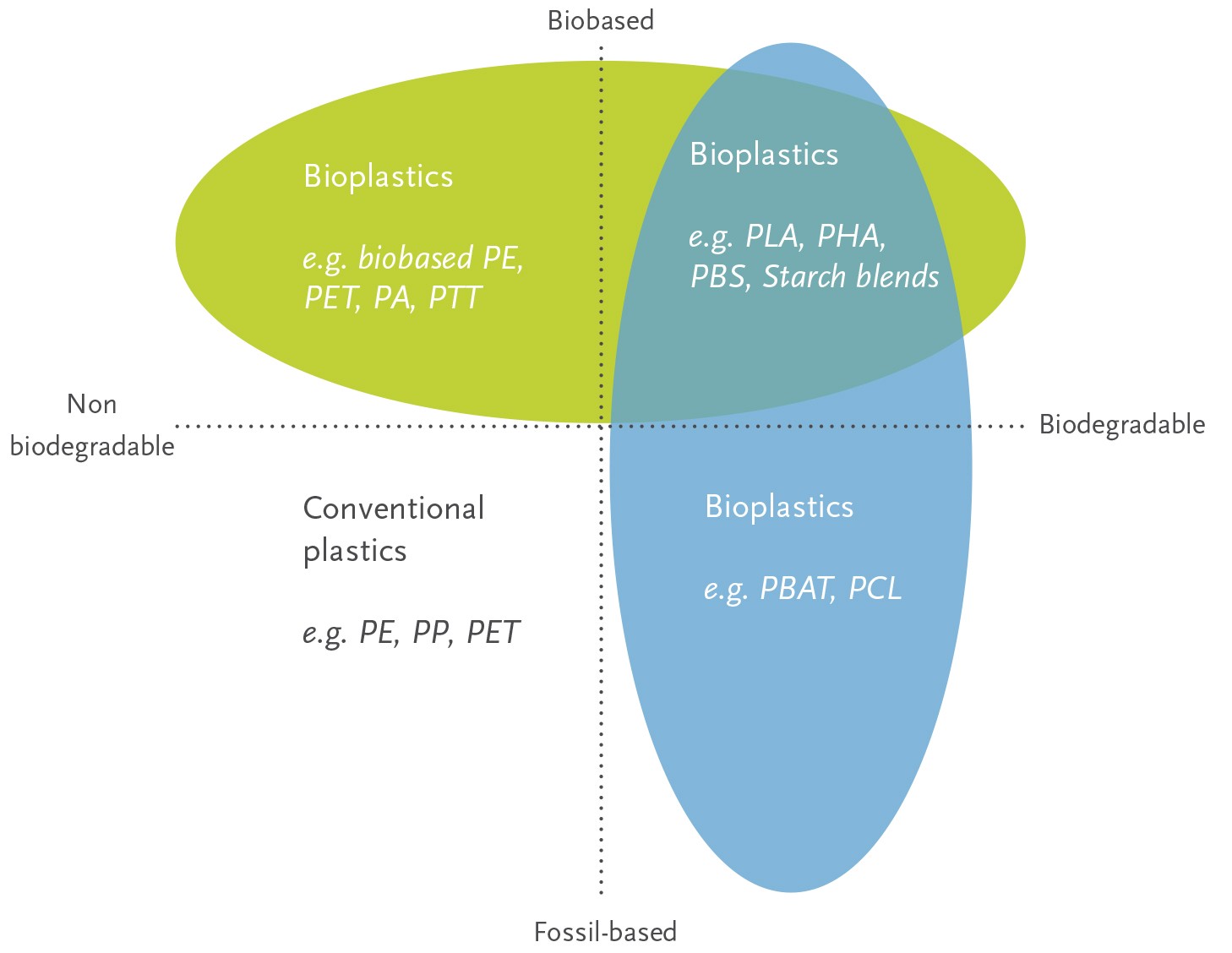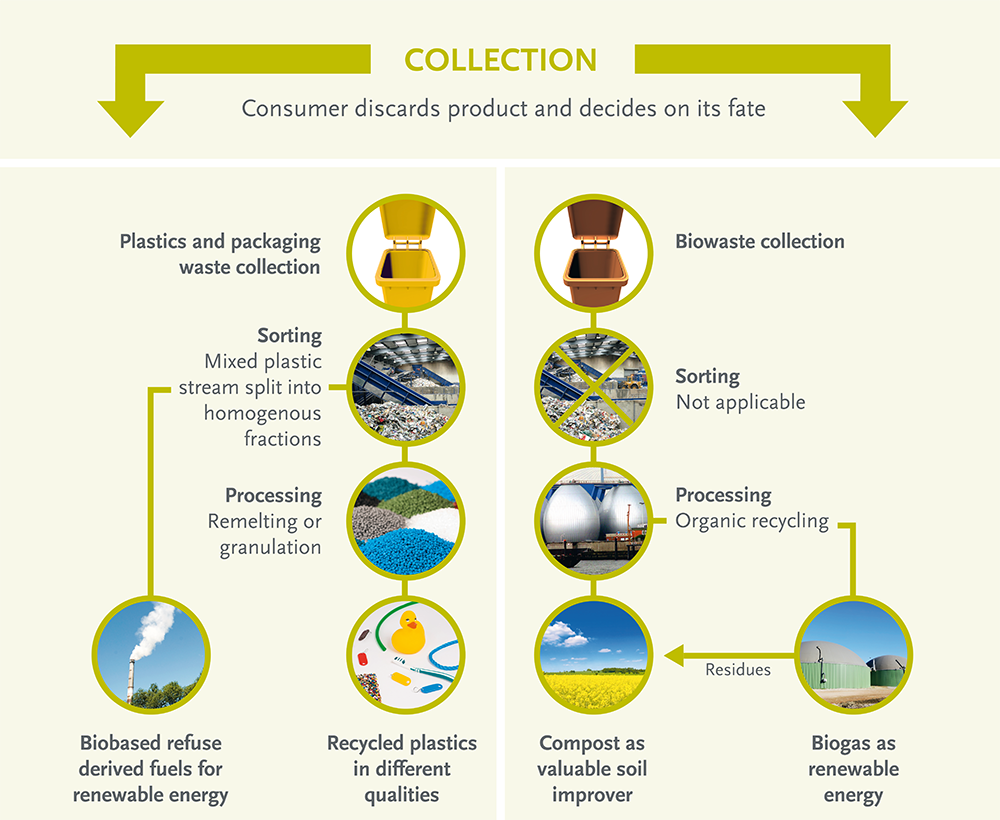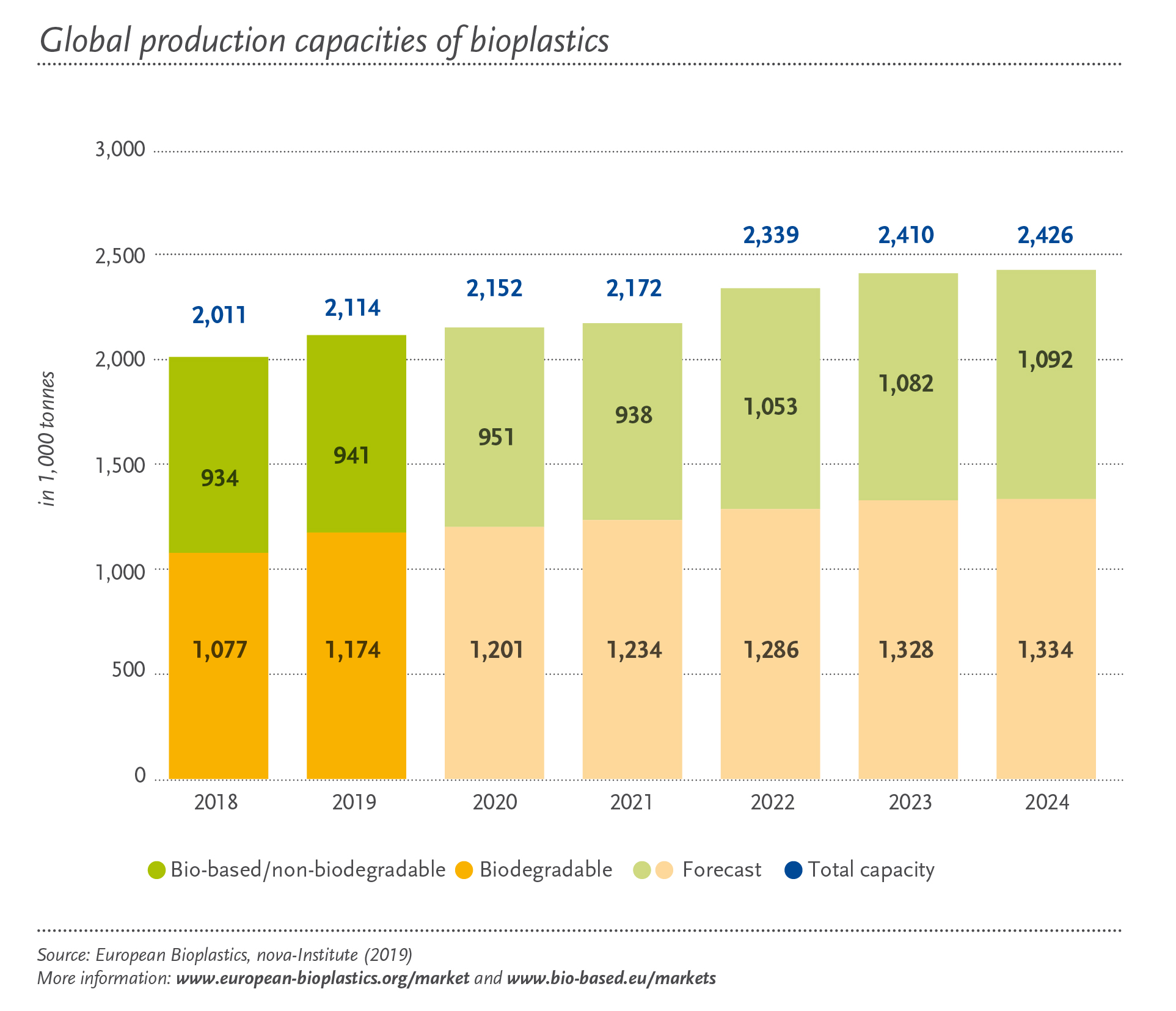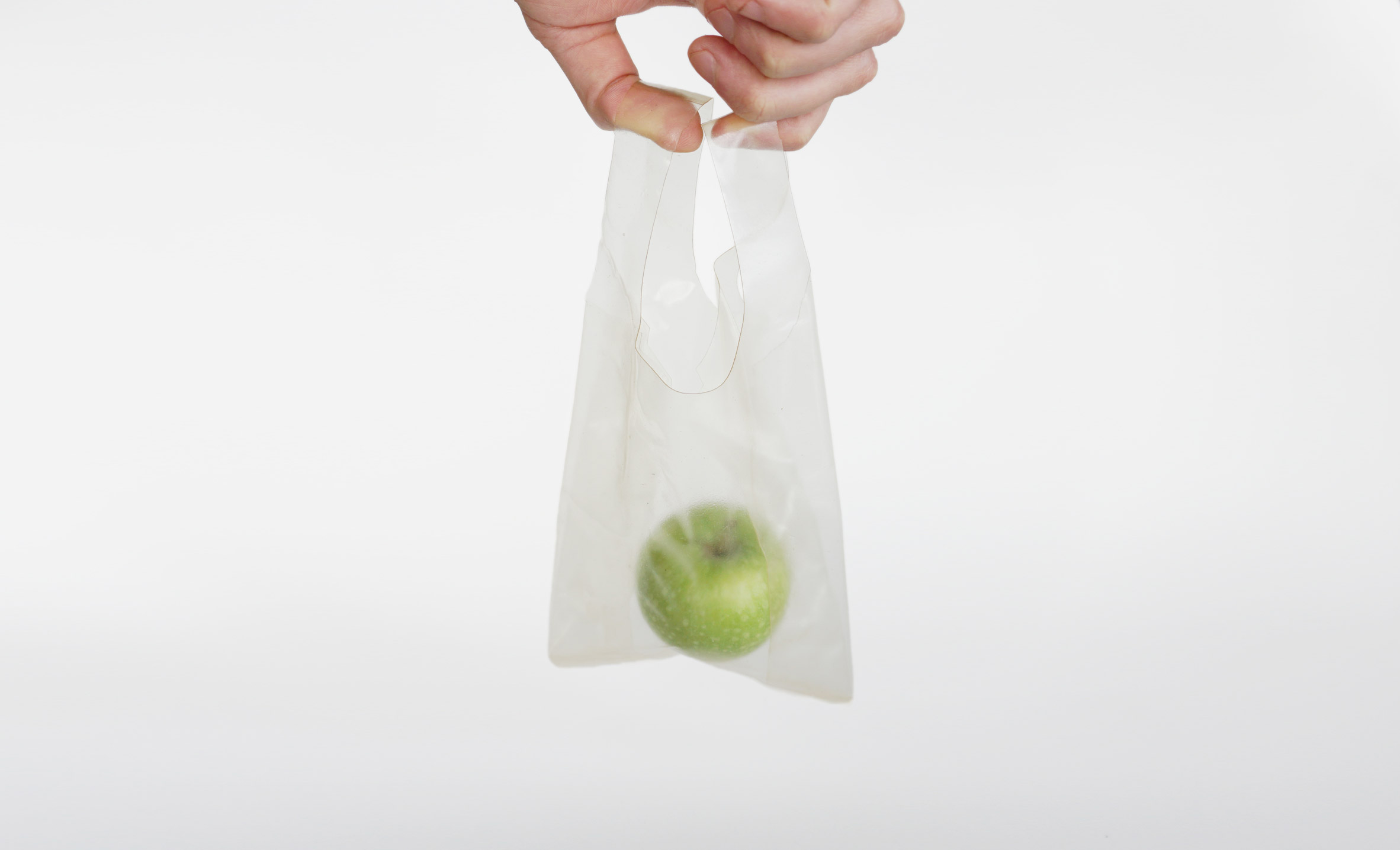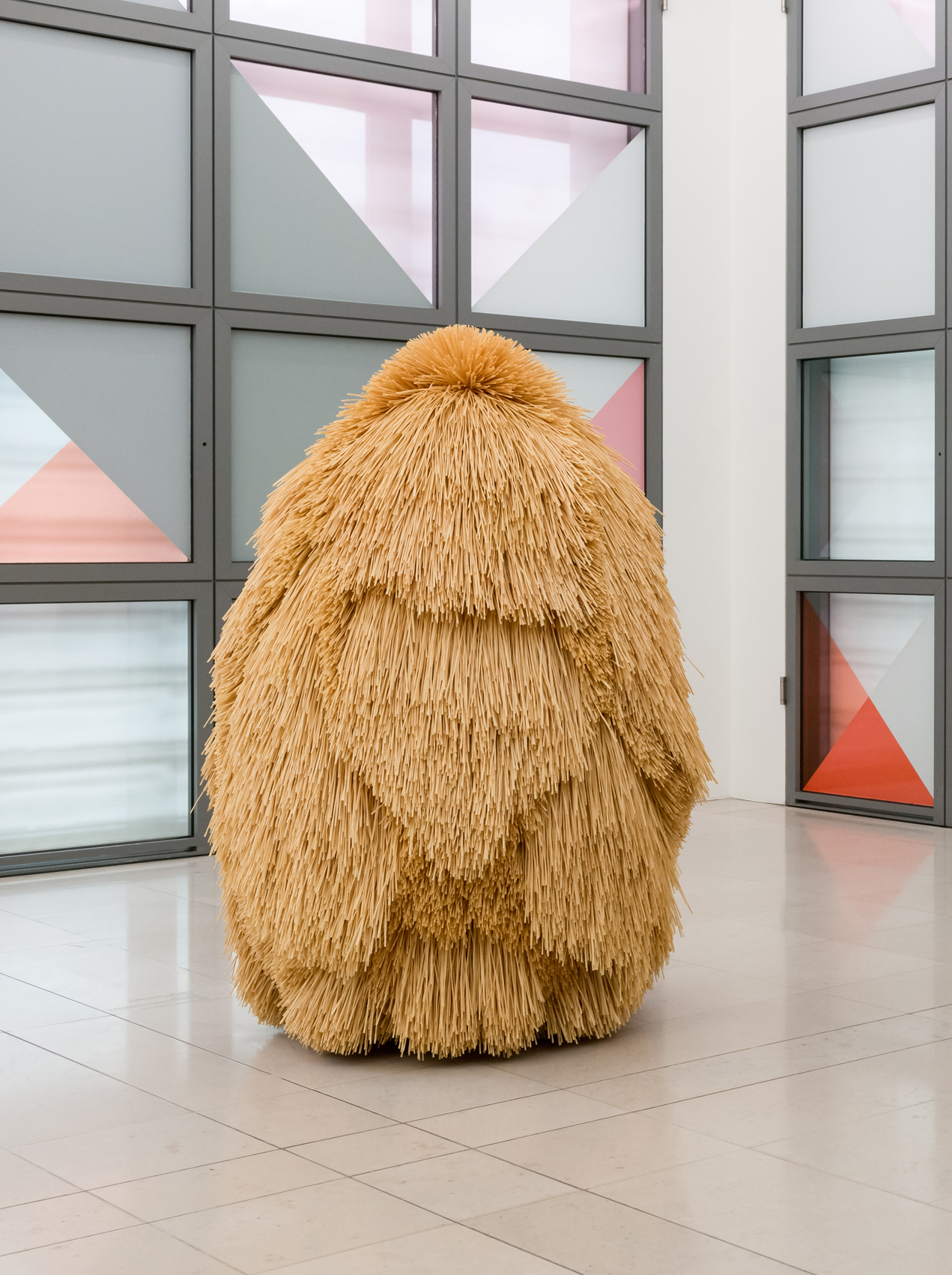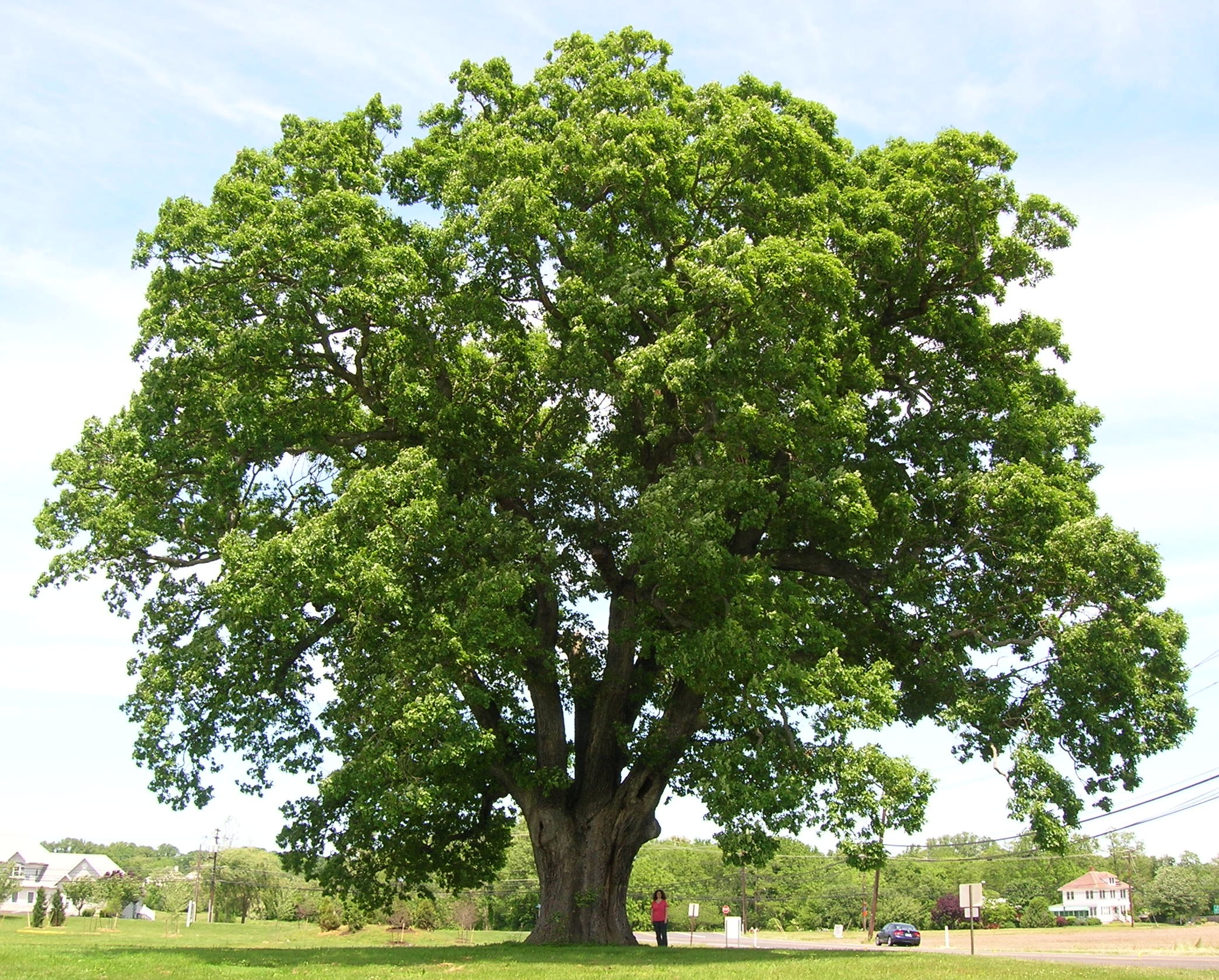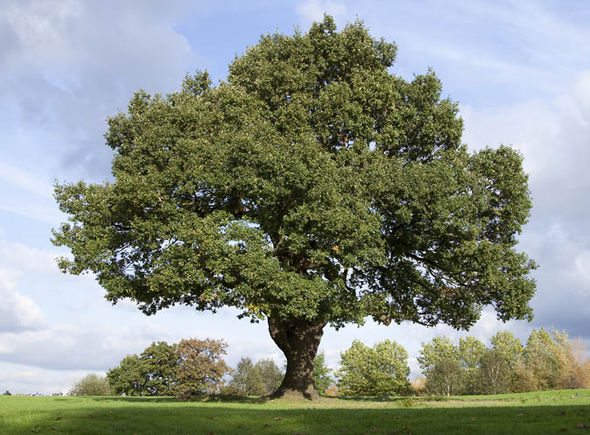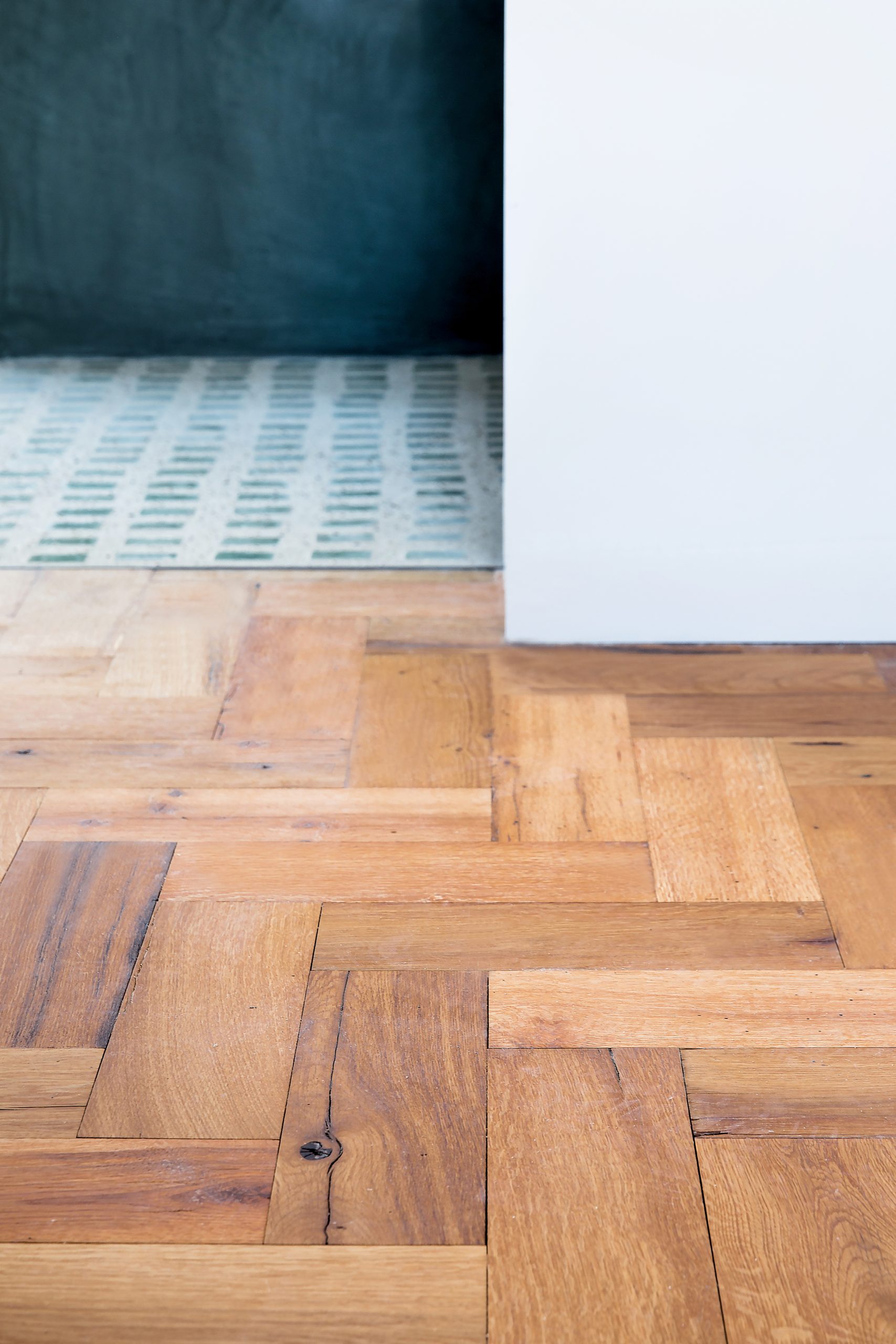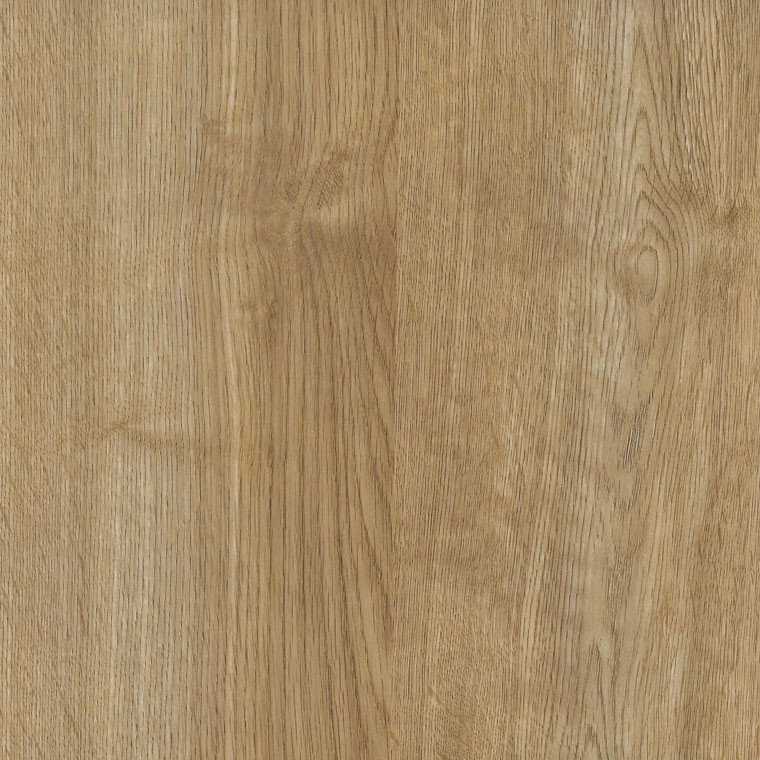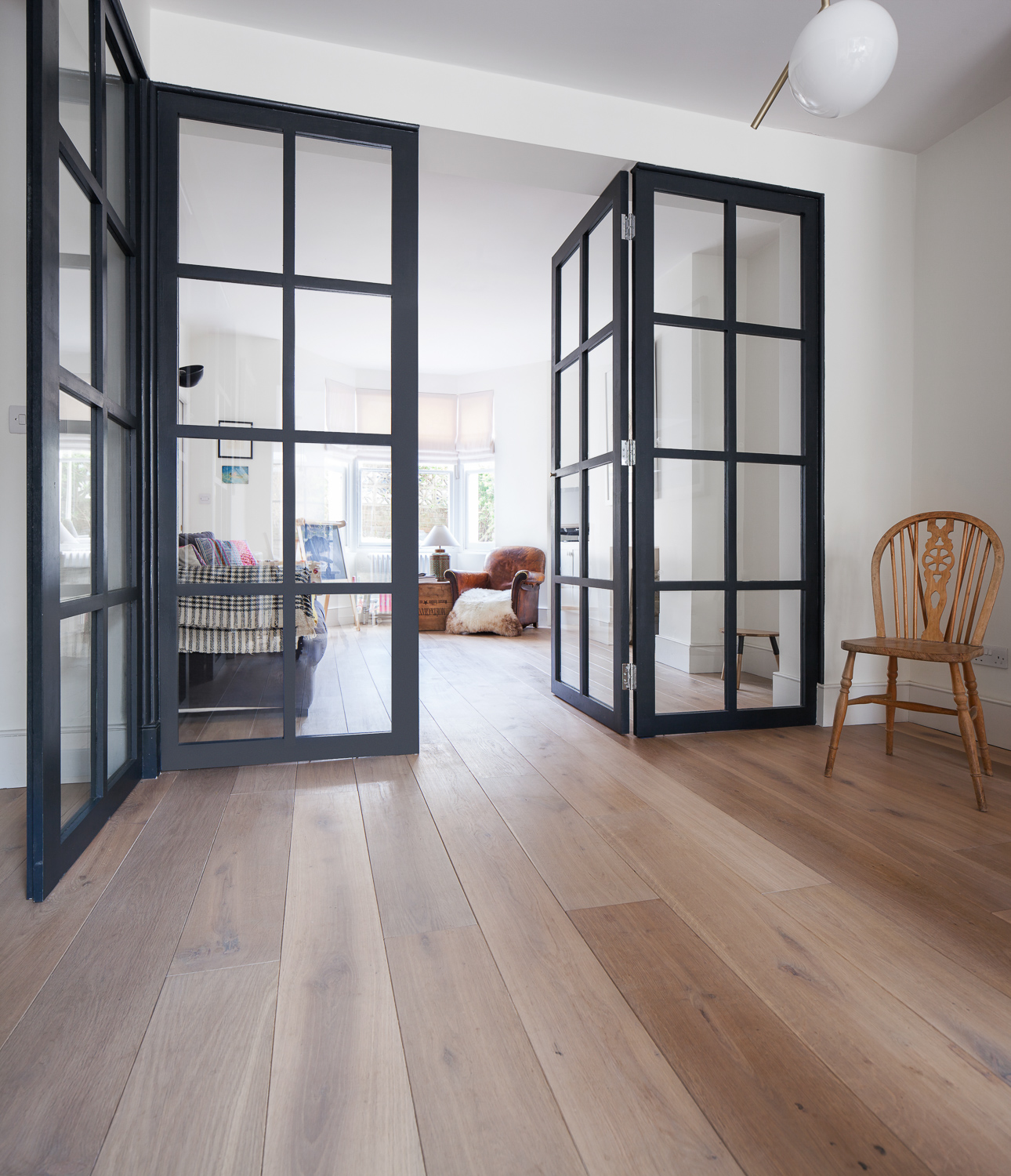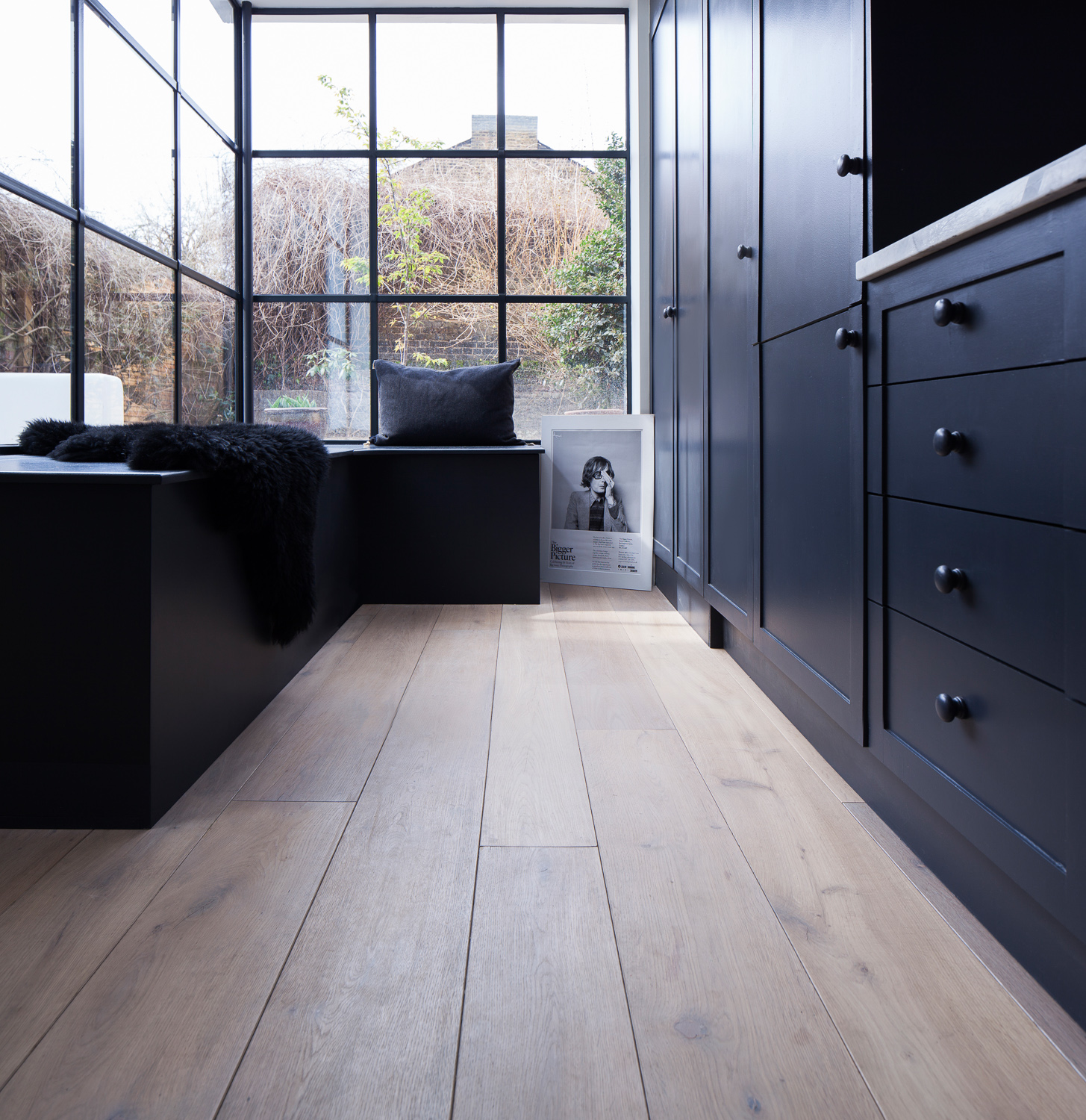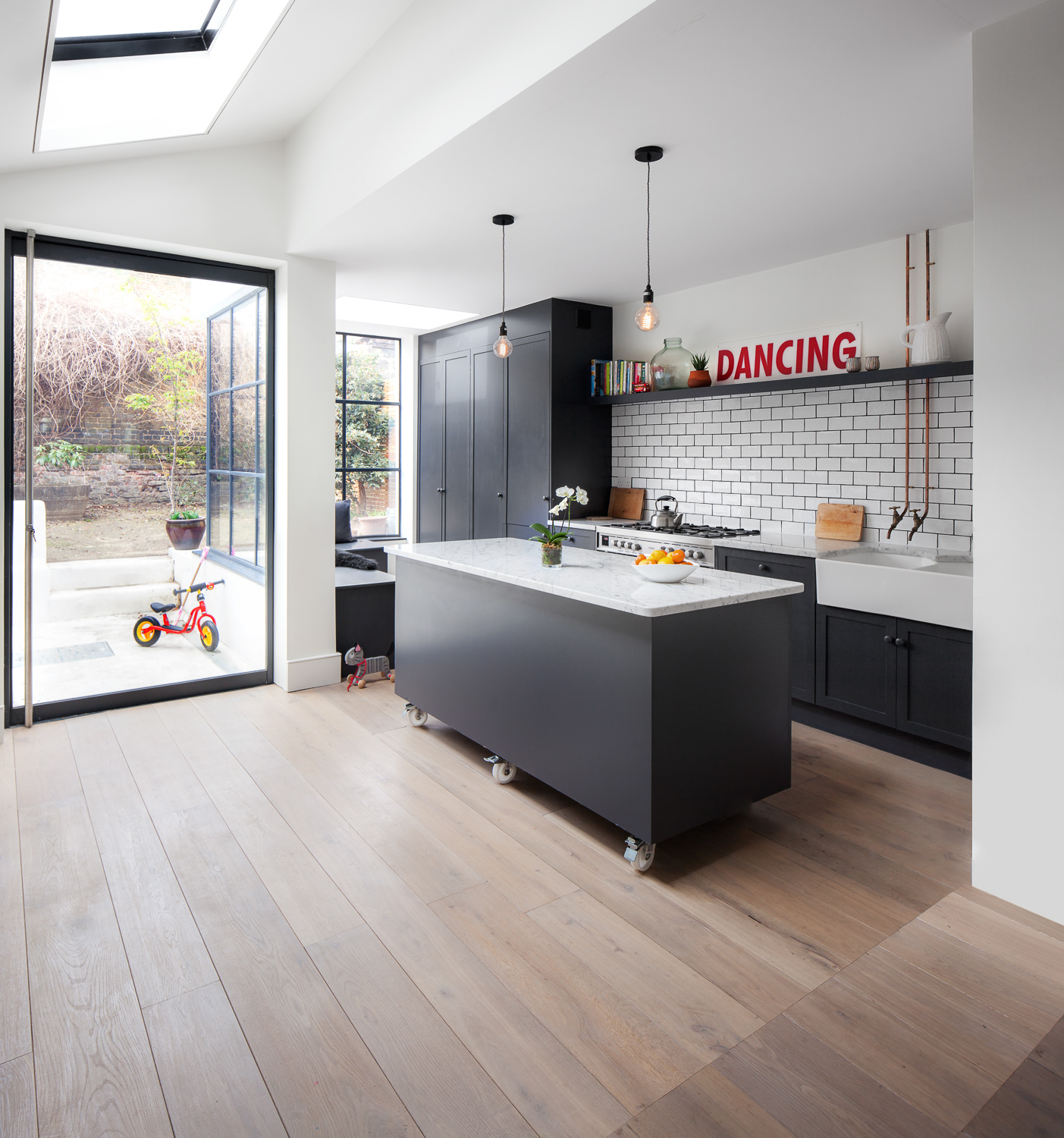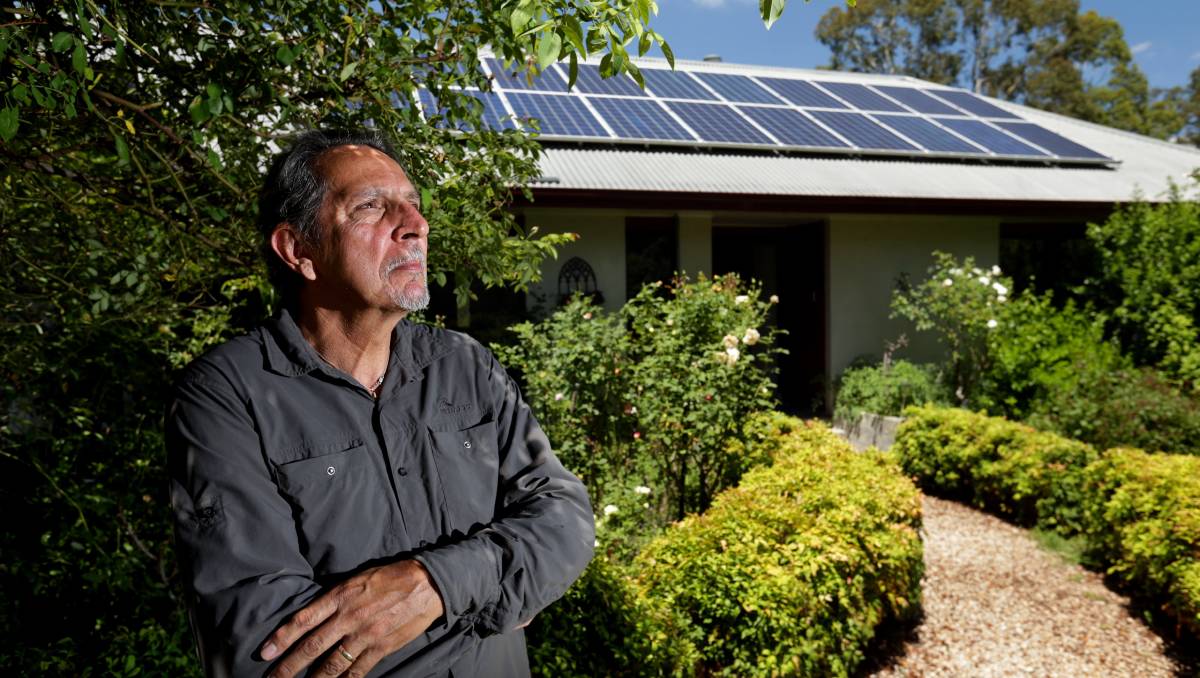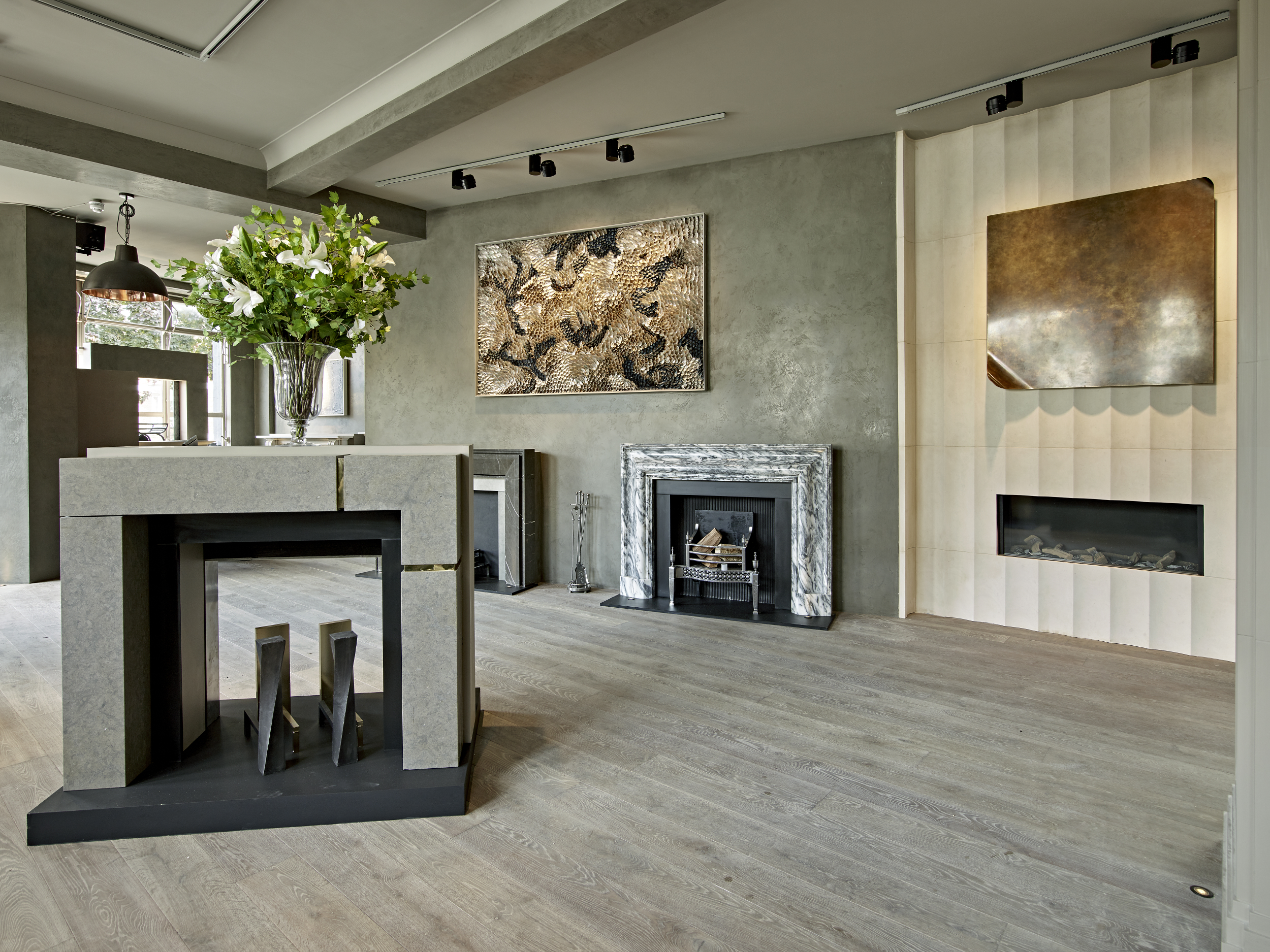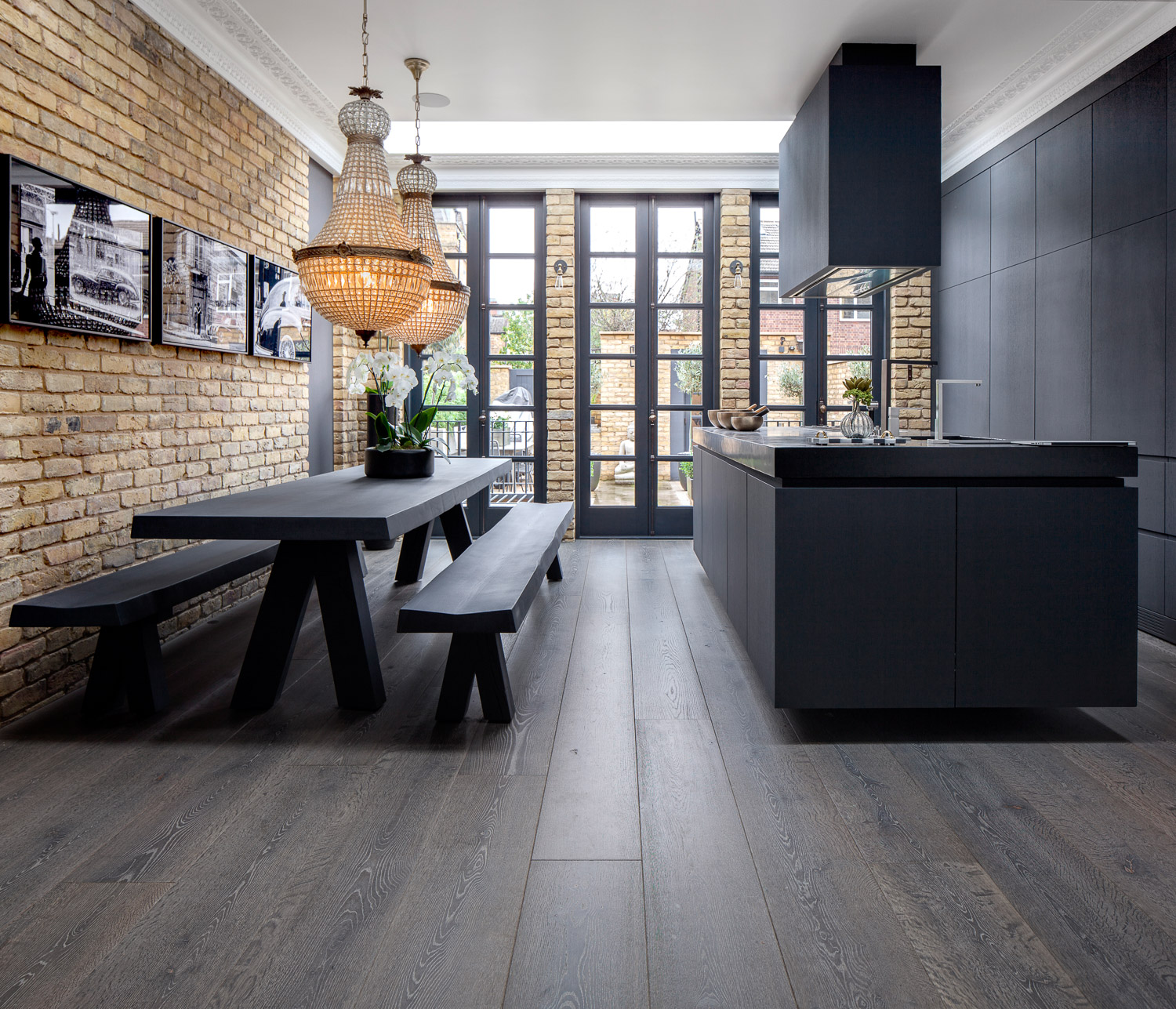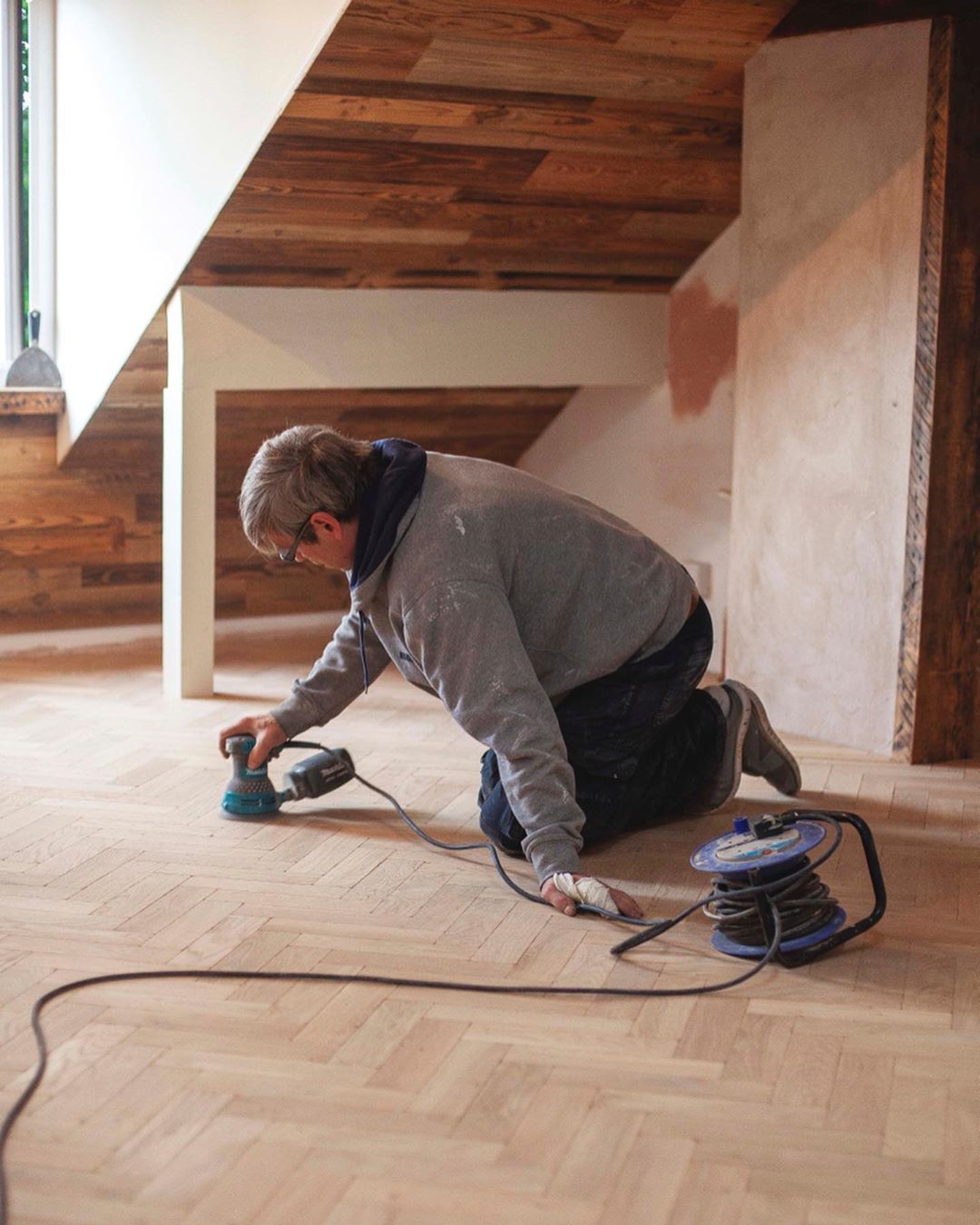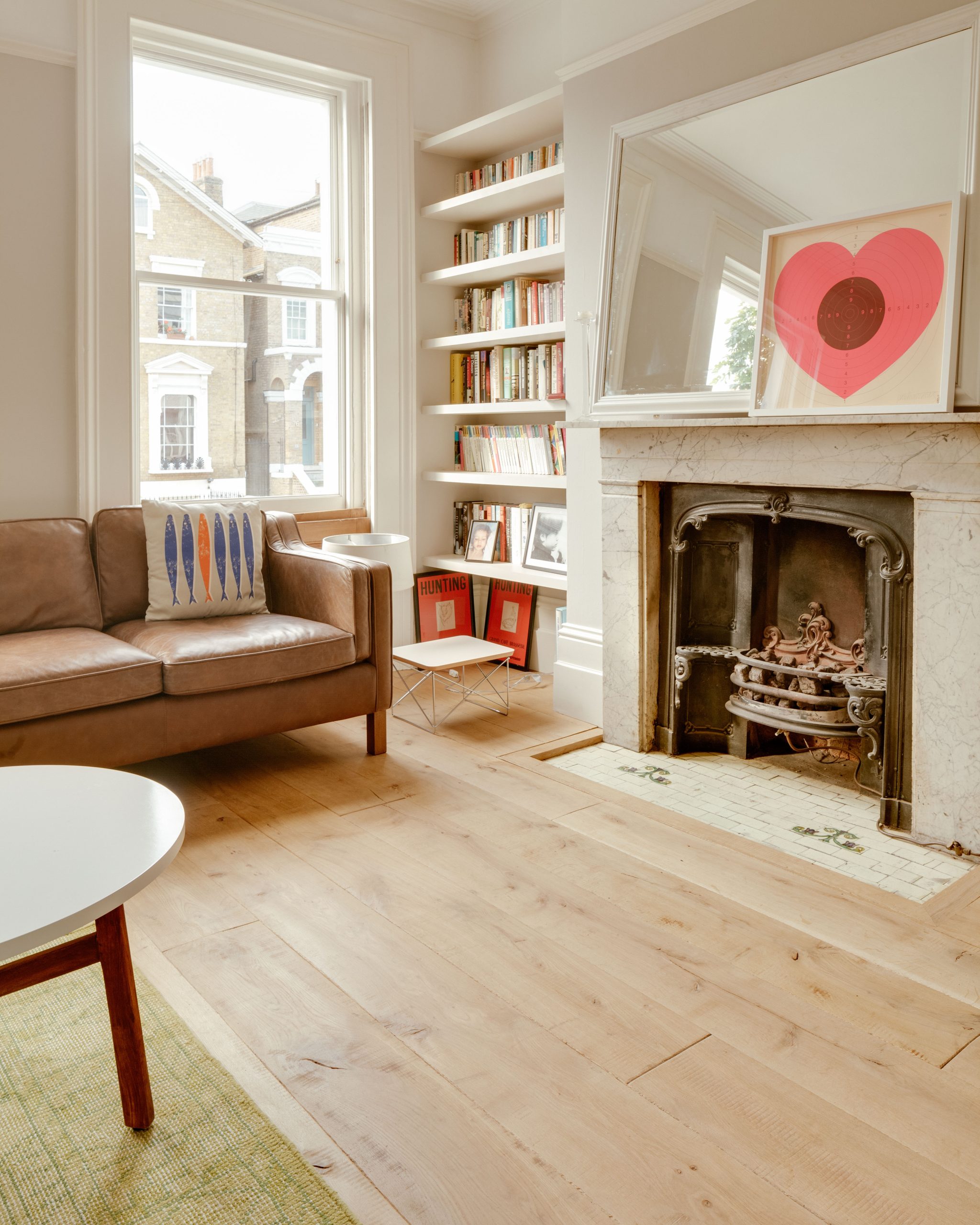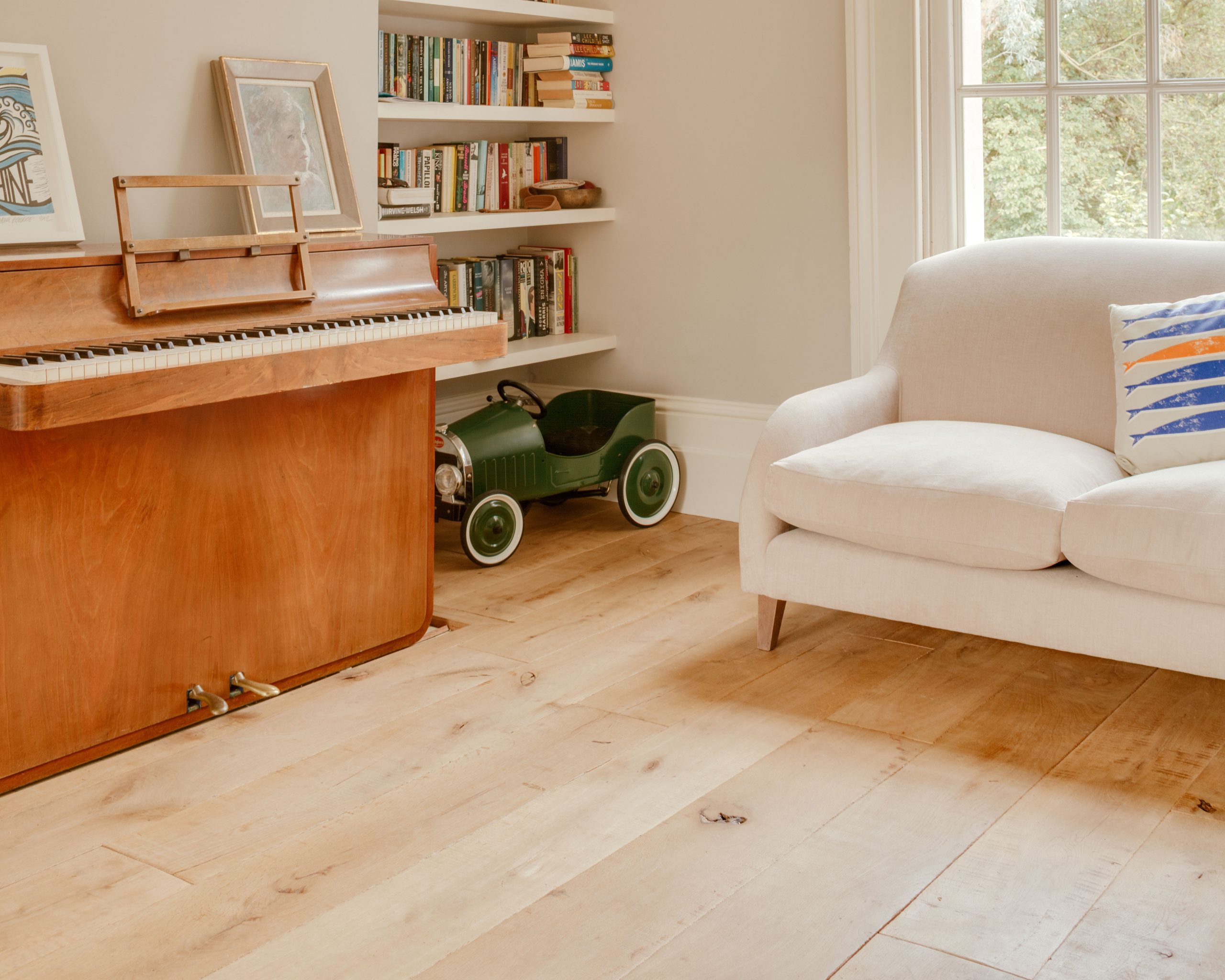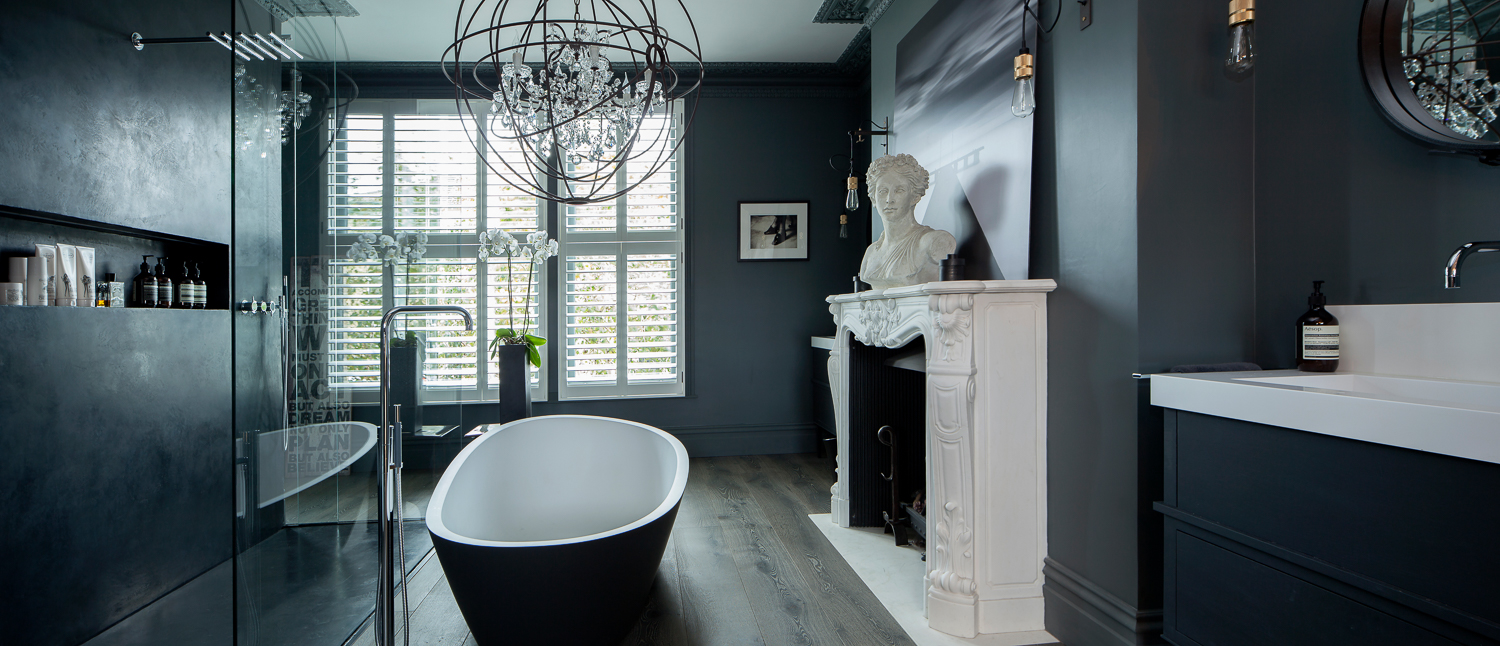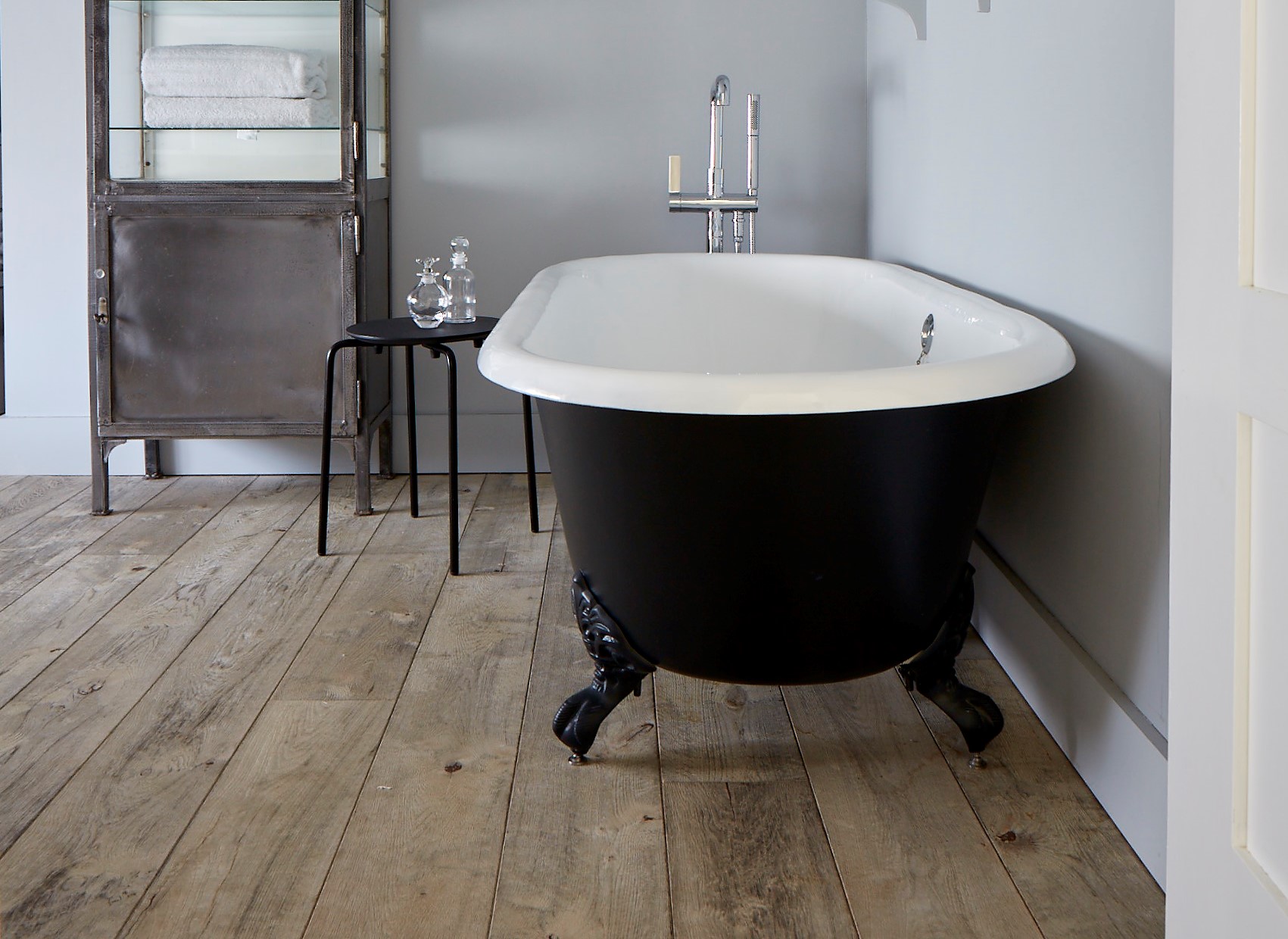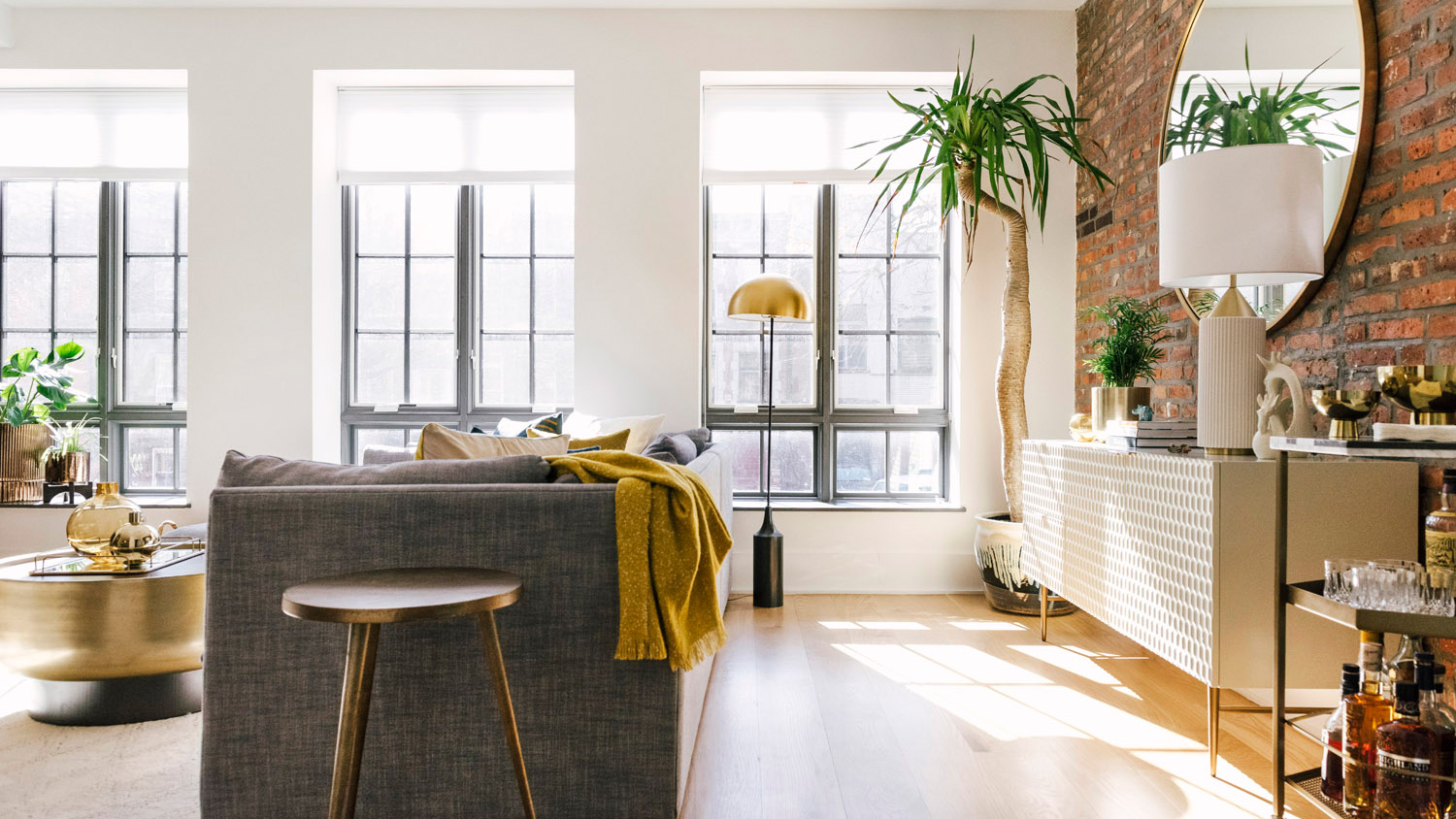
Our way of life has been altered dramatically as the coronavirus continues to wreak havoc on the world. The pandemic has left us in such a state where we feel uncertain and confused. It has undoubtedly changed the way we work and spend our days…
At the start of 2020, one would never have imagined that only a few short months later, cities across the world would be on lockdown — the streets outside starkly emptied, retail and office spaces closed, and life as we know it, at a stand-still. And for many of us, practising social distancing and working from home has become the new normal.
Although the world is currently practising social distancing, the cyberspace has never been so crowded. Employees are adopting virtual meetings, new dimensions of wellness practices are at play and businesses of all sizes are offering services online. With this new territory comes opportunities for creativity as major industries have had to move quickly in order to maintain operation.
Digital transformation has been a hot topic over the years, but from what we have witnessed in light of COVID-19, the pandemic has acted as a catalyst for the mass roll-out of digital services. We’re stepping into a new reality — where going fully digital has become a need and not just a goal for the future. Embracing this digital reality and agility to stay connected is essential for business and for life to continue as usual.
Digital Possessions
As we adjust to a new normal of working from home, we become more and more acquainted with how our interior spaces affect our moods, productivity and physical comfort. Odd as it may seem, joining conference meetings virtually opens a window inside everyone’s home. These meetings can be a challenging experience if you aren’t in love with your current home interior setting.
The creative team at West Elm HQ kicked off a series of backgrounds for the web platform Zoom so everyone can dial in from their dream house. These stylish digital interiors featured on the company’s Front + Main blog are a shortcut that will get you to your (free) dream home by that 2pm meeting.
To cater to various aesthetic preferences, backgrounds range from an industrial city kitchen and a cosy living room with a cute puppy sitting on the rug to a rustic cabin setting with a gorgeous fireplace.
Digital Travel
As with limited travel being imposed all around the world, travelling is not an option for a long time to come. Does this suggest that companies should resort to virtual travel as an escape from the pandemic?
Given the current crises, Airbnb has resorted to an impressive array of virtual tours with Online Experiences. Adventurers can enjoy beautiful far-flung corners of the world digitally and experience the joy of travelling from the comfort of their homes — meditation with Buddhist monks, visiting the dogs of Chernobyl, cooking with a family in Morocco, a magic lesson, a coffee tasting masterclass or cocktail history and lessons are just a few of the many, many virtual journeys on offer.
“Human connection is at the core of what we do,” Catherine Powell, Head of Airbnb Experiences, said in a statement. “With so many people having to stay indoors to protect their health, we want to provide an opportunity for our hosts to connect with our global community of guests in the only way possible right now, online.”
Not only is digital travel a perfect and responsible way to connect with the world, but it also allows viewers the opportunity to consume visual content of a destination before visiting it.
“Escape to Jamaica” series by The Jamaica Tourist Board (JTB) is yet another great idea that demonstrates how destinations around the world are taking a similar approach. From 360 degree panoramic views of breath-taking islands to holding online sessions for people from all corners of the globe to enjoy a virtual getaway through Jamaican music, cuisine, culture and wellness classes hosted on Instagram Live.
Digital Wellbeing
As most of us shelter at home in the effort to combat Covid-19, it’s important to remember that mental health is just as vital as physical health. Actively engaging with digital tools can help you to take back control of your life, as well as enhance our sense of connectedness and happiness, not to distract from it.
Physical activity apps, sleep tracking and setting a healthy routine for yourself can help you maintain a positive outlook right now. Canadian start-up Tru Luv Media’s latest game-like app #SelfCare, allows users to reset, recharge and re-emerge anew.
The game encourages you to be gentle with yourself and gives users the option to fulfil simple tasks like watering a plant or picking up laundry with just a few taps, leaving you feeling peaceful after each session.
Similarly, the new Nintendo video game “Animal Crossing: New Horizons” helps foster connections during COVID-19. The game inspires players to craft their dream getaway on a deserted island, go fishing and make friends with other people in the village.
Chris Ferguson, psychology professor at Stetson University, who researches the impact of video games on people’s wellbeing, tells CNBC Make It: “We have difficulty getting [certain] needs met in real life, so we turn to virtual worlds.”
Because humans are social creatures, these games… “give you the sense that you can create a world and have control over the decisions that are made for that world,” Ferguson says. “You can feel like that world makes sense, and at the very least it has rules that you can understand….”
Conclusion
Adversity has historically unlocked our strengths, prompted us to expand new ideas and highlighted the need for continuous growth. Going fully digital and developing innovative technological solutions during difficult times is a vital link that supports businesses, while life remains safe, healthy, productive and connected nonetheless.
It has become apparent that using technology to spend quality time with loved ones, engage with businesses, and perform daily tasks is fundamentally shifting to a new normal during crises. The explosion in digital activity beyond the realms of browsing brings with it new experiences in the face of a COVID-19 and beyond.

The Soul Of A Tree
I wasn’t planning to write a follow-up letter but thank you. I wasn’t expecting a response and so many messages of encouragement for what we do. Writing doesn’t come easy to me, I prefer to draw pictures, yet here we are!
A heartfelt thank you to all who wrote back. With your kind words and encouragement, we are more determined than ever to continue doing what we do best as authentically as we can. I had no idea that so many of you would resonate with our core values, more specifically – slower living.
This idea of slowness in our lives is catching on. So much so, I’m seriously considering creating an online space or forum to continue with this conversation. Here is a recap from April 2nd:
When the world moves fast, we move slow, and when the world takes, we give. When the nature that surrounds us calls, we learn to listen.
The Soul Of A Tree is our métier, it’s what we do: Slow, Generous, Strong. Rooted.
In these times of uncertainty, I worry my roots may not be strong enough.
Has your world slowed down recently too?
My world has and it reminds me of how grateful I am for the simple things, small things, slow things and how fast-livings become the norm. Let’s enjoy slowing down.
Almost 7 weeks into lockdown, many of us are spending more time with our own thoughts than ever before, a source of comfort for some and torment for others. Perhaps now a good time to consider the benefits of slowing down.
Introversion v’s fast-paced Extroversion?
There is a wonderful book I read recently called: Introvert Power – Why Your Inner Life Is Your Hidden Strength (By LAURIE HELGOE, PH.D.)
Amazon Link >
Here are a few ideas and quotes I noted down for myself, I’d love to know what you think if you’ve read the book or you have been questioning the significance of Introversion or Extroversion in your life.
In essence, Dr. Laurie Helgoe tells us:
“Introvert Power provides an alternative to the extroversion training you’ve been receiving all your life. As unnatural as extroversion has felt to introverts, we’ve gotten used to it. Rather than putting a thin coat of introversion over layers of extroverted thinking, Introvert Power asks you to strip down your thinking first and then dip into your true colors.” (Authenticity?)
What is Introversion?
“Introversion is an inward orientation to life, and extroversion is an outward orientation. Though you probably use both introversion and extroversion, one of these orientations usually feels more like home—more comfortable, more interesting and more energizing—than the other. Introverts prefer introversion; we tend to gain energy by reflecting and expend energy when interacting. Extroverts have the opposite preference; they tend to gain energy by interacting and expend energy while reflecting.”
Are you being authentic and true to your nature?
“Your nature is not the problem. The problem is that you have become alienated from your nature—from your power source. As Isabel Briggs Myers discussed in her book, Gifts Differing, “The best-adjusted people are the ‘psychologically patriotic,’ who are glad to be what they are.” For introverts, this means, “Their loyalty goes to their own inner principle and derives from it a secure and unshakable orientation to life.”
Psychologically patriotic? I think this means ‘Those who are glad to be what they are.’
Was there a class on ‘how to isolate’ in school?
“From a young age, most of us are taught the value of social skills. We learn how to introduce ourselves, how to smile and be polite. We are told to be friendly and make friends. These are all useful abilities to develop. But how many of us are taught the value of solitude skills? How many of us are taught to protect our boundaries, to foster imagination, to be alone? How many of us are encouraged to withdraw from social activity and nurture the life of the mind?”
These ideas make me think about how the majority of schooling leaves many ill-prepared in times like these. On a positive note, something good might come out of lockdown as more consideration is given to the mental health challenges we all face at some point in our lives. Collectively we learn to overcome the stigma of mental illness.
Pandemic Covid 19 has opened up conversations and concerns about what people are doing to cope with the lockdown. Studies show that 21% of Brits are drinking more than usual during the lockdown. How about Netflix & increased screen time?
If it’s true that in today’s distraction economy tech companies are making online addicts of many of us, then tech companies have powerful, pervasive tools to influence, and prey on, our psychology. Silicon Valley is no stranger to exploiting the brain chemical credited with keeping us tapping on apps and social media.
Sean Parker, the 38-year-old founding president of Facebook, admitted that the social network was founded not to unite us, but to distract us. “The thought process he says was: ‘How do we consume as much of your time and conscious attention as possible?’. To achieve this goal, Facebook’s architects exploited a “vulnerability in human psychology”, explained Parker, who resigned from the company in 2005.
These internal battles with temptation and addiction are battles with our brain chemistry and battles with dopamine release. Dopamine has been described as ‘our temptation motivator’, and a surge of dopamine becomes a rush of chemical pleasure in the brain.
Experiences that make us feel good, including using alcohol, drugs and distracting technology activate our brain’s reward center, which responds by releasing dopamine. This release causes our brain to focus more of its attention on the experience. As a result, we’re left with a strong memory of the pleasure we felt. A strong memory can prompt us to make an effort to experience it again and again and this can lead to an addiction to our smartphones, cigarettes, alcohol and drugs.
If you find yourself concerned, the first baby step toward gaining control of our addictive behaviours is understanding why they’re taking place. Do we need to reach for our smartphone every time it pings? This is a pleasure-reward response, did I feel that micro hit of dopamine?
Uh, oh. I just got a notification from a valuable client at 9pm, then I found myself watching those funny cat videos for 40 seconds, over to LinkedIn for 8 seconds, then to Instagram for 90 seconds, back for more cat videos and then doh, my mindful space falls by the wayside and I’m living inside my distracted universe. Thank you technology.
Surely the only answer is to regress back to childhood and become 7 years olds again, relearn how to delay gratification just a little and learn to truly enjoy the small and quiet pleasures in life, a little at a time.
With lockdown in place and our physical freedom encumbered, where lies our freedom? With our sense of mental focus and self-controlling hijacked inside our own homes, where lies our freedom?
How to be free in lockdown?
Ideas of freedom bring to mind a book sitting on my dusty shelf from 2018, called ‘How to Be Free: An Ancient Guide to the Stoic Life’ (By EPICTETUS and translated by A. A. LONG.)
“This book presents an ancient Greek philosopher’s take on freedom — freedom construed as living in agreement with nature, owning and ruling oneself, becoming a world citizen, desiring always and only what you are assured of getting—and much more. Epictetus (AD 55-135), our author and guide to the Stoic life, was born a slave (his Greek name means ‘acquired’), and entered service as a slave in the household of Epaphroditus, a power broker in Nero’s Rome, and himself a freedman. By the time Epictetus publicly delivered his thoughts on freedom, he had enjoyed many years of manumission, but the experience of slavery left its mark on his philosophy through and through. The first lesson of the Encheiridion, his handbook guide to Stoicism, insists that everything that is truly our own doing is naturally free, unimpeded, and unconstrained. Freedom, according to this notion, is neither legal status nor opportunity to move around at liberty. It is the mental orientation of persons who are impervious to frustration or disappointment because their wants and decisions depend on themselves and involve nothing that they cannot deliver to themselves.” A. A. Long.
I love this quote and that it was written over 2000 years ago:
But slaves, like everyone else, had minds, and minds as, as well as bodies, subject to freedom and constraint. You can be externally free and internally a slave, controlled by psychological masters in the form of disabling desires and passions and cravings. Conversely, you could be outwardly obstructed or even in literal bondage but internally free from frustration and disharmony, so free in fact that you found yourself in charge of your own well-being, lacking little or nothing that you could not provide for yourself. The latter, in essence, is the freedom that Epictetus, the ancient Stoic philosopher, made the central theme of his teaching.” A. A. Long.
Our real sense of freedom, Epictetus tells us is within our own mind and our ability to focus on what is important. Perhaps learning to observe our thoughts from a distance before reacting, learning to control our attention better, learning to beat our addictions and distractions are now more important than ever.
When in lockdown or in normal daily life, is our attention being captured by devices rather than it being voluntarily regulated? Like a small wooden boat without a rudder out at sea — pushed and pulled by the continual digital stimuli to which we are exposed rather than by the intentional direction of our own mind.
“It is better to starve to death in a calm and confident state of mind than to live anxiously amidst abundance.” Epictetus.
Controlling our distraction and attention isn’t a new thing. William James, the psychologist, wrote in 1890, “The faculty of voluntarily bringing back a wandering attention, over and over again, is the very root of judgment, character, and will.”
Oh dear, so if we can’t go outside and we’re slowly turning into tech zombies in our own homes, then what can we do? For me this is why our personalized and sacred space is so important to our health, our living environment becomes our day to day womb of goodness. Being mindful of our living space and understanding how surfaces, material, object interactions benefit our well being offers an easy win with proven psychological benefits.
How is your mindful space?
Incorporating indoor water features and skylights that permit more natural daylight, using earthy colour and organic shapes that mimic patterns found in nature settings, decorating with lush greenery are just some of the ways to increase the connectivity between indoor spaces and the natural environment.
Indoor environmental quality (IEQ) affects significant facets of human life — health, performance, resilience, sleep, and comfort. Us humble human beings have profoundly altered our living conditions in order to create indoor environments in which we feel comfortable.
Physical comfort is closely related to well-being — and contributes largely to work effectiveness, satisfaction, physical and psychological balance. Two issues are key to understanding the importance of our comfort. Firstly, our ambient preferences differ from one person to another (this is known as inter-individual differences). These differences result from a combination of influences, including cultural experiences and lifestyle.
Secondly, change is constant and a given person varies over time depending upon their state of health, activities, professional work, and so forth (these are known as intra-individual differences.) For most of human history, people have actively adjusted the environment and their behaviour to make living and working conditions healthy and comfortable. Yet 30% of new buildings continue to be designed with a “one size fits all” approach. Very few homes, buildings or workstations are consistent with basic physiological needs — and rarely enable occupants to sufficiently control lighting, temperature, ventilation rates, or noise conditions.
A growing body of research consistently shows that biophilic design provides many health benefits — such as improved concentration, comfort, satisfaction, creativity, healing and overall well-being.
Building occupants who have window views of nature; from daylight to plants and flowers, experience numerous opportunities for reforestation. They are less stressed and more patient, and experience overall life satisfaction, enhanced mood and better health than those who do not have visual access to the outdoors or whose view consist of built elements only. The positive effects of nature may also extend to the immune system, thereby directly affecting human physical health.
The quality of the building we inhabit is critical to human health, well-being and comfort. Now more than ever, indoor environmental quality has become a matter of concern as people spend a good deal of their time inside. Architects and designers are recognising the importance of implementing healthful building practices. Design that takes into consideration the positive and negative impacts of indoor environmental conditions will potentially improve health, productivity, wellness and comfort.
So here’s to turning off the phone, reducing, screen time and hiding that bottle of wine in a secret cupboard. Time to de-clutter, deep clean, rearrange and let the good life roll.
We are the architects of our own freedom, after all, I choose freedom. We are all in complete control of our own happiness too, I choose joy and happiness.
Thank you for reading and thank you for your support. Together we can beat this.
Robert Henry
Founder & CEO
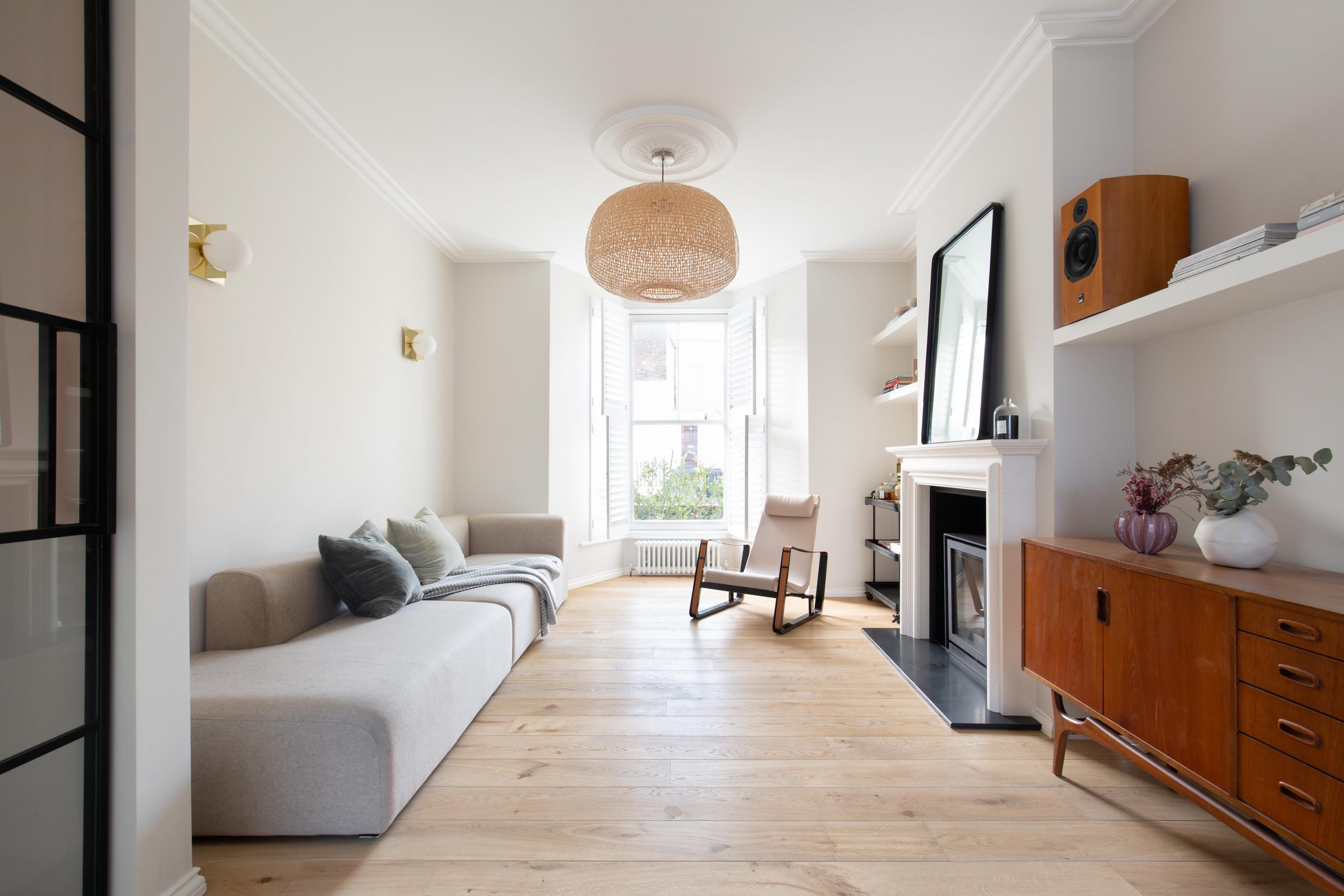
Delving into the notion of clean living consciousness, there’s often a school of thought that suggests that clean living is strictly diet-based awareness. Contrary to that, the foundation on which clean living consciousness is built encompasses our physical, emotional and mental well-being, as well as being mindful of our impact on the environment.
Focusing on the mind, the body, healthy relationships, and the environment we indulge ourselves in dictates what we will receive in return as individuals. This lifestyle concept isn’t just a fad or zeitgeist, it’s a new way of life.
It’s an attitude perceived as better for the world, our society and the individual. In the past clean living has been cyclical, so it’s not just about clean eating it’s about a deeper level of significant changes.
So what exactly does clean living consciousness really mean?
Practising clean living is about cultivating healthy habits, allowing yourself time to relax and decompress on a regular basis, decluttering your life and mind and finding new experiences in life that nourish the body and mind.
When you are conscious of all this, you become intentional and mindful of all that you do, and all that surrounds.
What’s driving clean living consciousness?
We are reaching the pinnacle of awareness surrounding what we eat, how we use our time and things that have an impact on our general well-being. Put simply, people are looking inward, for their own priorities and solutions. What’s more, technological advances have enabled us to monitor our health through wearables and applications.
More importantly, there is much more awareness of the environment and the impact that we’re having on the planet. Overall there is a need to be more considerate — to be more motivated by enriched experiences. Take these areas of life sincerely, and they will respond accordingly.
Spend time with nature
Nature is always a good healer — the scent of the trees, the sunlight playing through the leaves, and the fresh, clean air can be comforting to both the mind, body and soul. For years, forest bathing (Japanese oldest pastime known as Shinrin-Yoku) has been credited to ease stress and worry, help us to relax, refresh and rejuvenate, restore our mood, give us back our energy and vitality.
Essentially, the idea of forest bathing involves walking in silence and deliberately connect with nature. Taking in the forest through your senses bridges the gap between you and the natural world. Research on “BLUE Zones” regions (places where people live longer and healthier than anywhere else on earth) list gardening as a common key ingredient in the recipe of wellness.
Getting your hands dirty is also a great way of spending time outdoors. Whether landscaping or starting a vegetable garden, it doesn’t matter — it can enhance mood and make you happier. This strange effect comes from contact with Mycobacterium vaccae — microscopic organisms in the soil which trigger the brain to produce a happy chemical known as Serotonin.
Clear the mind
The common theme of clean living consciousness is decluttering — and it goes far beyond improving the aesthetics of your home or workspace.
Mental clutter is detrimental to our being — when you feel stressed, anxious or sad, your entire body feels it too. Decluttering the mind paves way for what’s more important and promotes peace within oneself.
Whatever task you choose clear the excess clutter out of your mind, it is important to include an element of reflection. The key is finding the one that will improve your mental state and overall wellness. Many find the practice of meditation to be the best solution, while others resort to the idea of daily journaling. Overall, practice self-care in a way that fits you and takes the time to declutter your life and start seeing the positive changes that occur.
Eat healthy, exercise regularly
Eating a healthy balanced diet accompanied by regular exercise is strongly linked to longevity. Research has long suggested that following a Mediterranean diet — consisting of large quantities of fruits, vegetables, whole grains, nuts and healthy fats, and consuming less sugar, red meat or processed food — brings a host of health benefits, including a longer life.
Making it a point to move every day is a boon for both your physical and mental health. Taking a hike, playing tennis with a friend or streaming an online workout can boost everything from cardiovascular fitness to mood and energy. These healthy day-to-day choices can surprisingly make a dramatic difference in how you look and feel.
Create a clean space
A carefully curated and mindful space speaks volumes to a person’s values and is most times associated with clean living consciousness. The underlying understanding is that people have different situations and varying schedules. Nonetheless keeping a clean space aids in diffusing the stress caused by a busy routine. Believe it or not, there are actually positive benefits of keeping an organised space and this is evidently backed by psychology.
Bringing in elements of nature indoor has been found to positively enhance our mood in a way that spending time in natural surroundings would. For example, the presence of wood in interior spaces can significantly help forge a healthy environment, in return, contribute to your overall wellness. Similarly, colours, textures and patterns inspired by nature are known to lend warmth, comfort and relaxation in a way the benefits our physical and mental.
Conclusion
With so much going on in the modern world, many people have become caught in a cycle of complexity and a busy lifestyle full of constant activity, material clutter and concerns. Clean living consciousness encourages us to slow down, and it’s the doorway to live all of our moments as if they truly mattered — it’s about eliminating excess in your life.
This could mean simplifying your diet, moving your body more and clearing unnecessary physical and mental clutter. If you’re trying to lead a happier and healthier life, making the necessary changes induces a state of mindfulness that cultivates unshakable deep peace, a sense of joy and aliveness.

The Soul Of A Tree
I’m at home now, Wednesday 1st April 17:16. Reflecting, thinking of the future of our family-run business. Our ambition, the hard work, the joy, the tears, uncertainties and how as a value-driven business we are here to serve our customers. Always, no matter what.
Beyond wood flooring and our eco-credentials, the long term dream was and is to create a lifestyle brand within the decorative arts and design industry. This is why I get up at 5 am and the fact we all have mouths to feed.
When the world moves fast, we move slow and when the world takes, we give. When the nature that surrounds us calls, we learn to listen.
The Soul Of A Tree is our métier, it’s what we do: Slow, Generous, Strong. Rooted.
In these times of uncertainty, I worry my roots may not be strong enough.
Has your world slowed down recently too? My world has and it reminds me of how grateful I am for the simple things, small things, slow things and how fast-living has become the norm. Let’s enjoy slowing down.
Nature prevails every time in one form or another and she dances to her own rhythm. Slowly most of the time. As businesses across the world slow down, the ozone layer has started repairing itself. Air pollution is at it’s lowest level for years in many countries.
Slow living
The current situation all around the world has people reflecting, reevaluating and reconsidering. Some are afraid and confused, and many are worried and uncertain. Under pressure, our cracks are revealed, is this a bad thing? For some, these cracks crumble their foundations and for others, they become even stronger.
Rooted
I wonder if with a stronger sense of purpose, naturally we are equipped with stronger foundations? I know this is true for our company, I’m so proud of how everybody on the team has responded to this challenge.
As the COVID-19 situation changes rapidly, I wanted to update you so you know how we are operating during this time. Below is a simple list of ‘Can Do’s and ‘Cannot Do’s’ until further notice, if anything changes we will let you know.
Can Do
TEAM: From the beginning, we decided that we would not be losing any of our team, without our amazing people we have nothing.
CLIENT MEETINGS: Digital hangouts with Zoom or Google Hangouts is our preferred choice. No nude people in the background, please.
SAMPLE DELIVERIES: 100% functional & delivered to your door, just a little slower ☺.
INSTALLATION: Yes we can. Quoting estimates can be done after an initial project consultation and if your property is empty we might be able to schedule your install sooner rather than later.
ORDERS: Yes we are producing as normal, while strictly monitoring health and safety protocol. Production is slower than normal due to shift work and furloughed workforce.
STAIR PARTS: Yes we can, we are now making these in-house but production time is longer.
Cannot Do
SHOWROOMS: Both of our showrooms are closed until further notice, client interactions are now digital.
RUSH ORDERS: Yes there is an outside chance we can do this but it will depend on the order, we are currently operating in shifts and with a skeleton production crew.
SITE VISITS: We will only visit sites when the building is empty, we cannot visit sites to consult with architects, contractors, designers or homeowners.
Thank you for reading and thank you for your support.
Please stay at home where possible, the NHS needs our help. Together we can beat this.
Robert Henry
Founder & CEO

Depending on the structure of their seeds, all trees are classified in one of two ways: hardwood or softwood.
But when people think of wood flooring material, they almost always think of classic hardwood such as oak. And yet, softwood is another strong contender in the timber flooring industry — and for centuries, it has been a common feature of many old homes across Europe.
One of the oldest and most beautiful types of softwood is Pine. Pine floorboards are cut from pine trees — and in the past, many homeowners took advantage of its prevalence, as well as its wide widths and long lengths. Today, pine floorboards come in several grades to fit myriad budgets, which still makes it a sensible choice for the modern homeowner.
Pine wood flooring is popular for its prominent grain and beautiful knots that give the floorboards distinctly rustic quality. Despite being a softer wood, Pine is highly durable and comes ready to be finished according to your taste.
Apart from looking great in any interior, pine is more vulnerable to dings, dents, scratches and scuff marks compared to other harder flooring options. But one person’s dent is another person’s charm and character. Over time, the flooring will harden. Why? As you walk on the wood, the fibres compress upon themselves getting harder and harder.
Types of pine flooring
Pinus is the species found mostly in UK and EU plantations. It’s useful for all sorts of utility work: beams, flooring and structural purposes. But that’s just the start of it. There are over 200 different types of trees found in the pine family — so many are in fact much softer than others, leaving few types recommended for the use of flooring.
For a softwood, pine flooring such as heart pine, vertical grain pine and southern yellow pine are often remarkably resilient and long-lasting, especially in the context of well looked after pine floors. Depending on the pine species being used, the hardness varies.
When discussing pine timber, it’s hard to go past the fact that heartwood of a pine tree yields the darkest and hardest wood the tree has to offer. Therefore, heart-pine flooring is manufactured from this heartwood exclusively and has a Janka Hardness rating of 1225. A heart-pine floor will resist dents and deep scratches better than a pine floor made from sapwood.
Advantages: Attractive flooring that lasts decades
Characterised by straight, fine grain and small knots, pine flooring exudes a homey appearance and greatly loved for its ability to stand up to years of use. What’s more, pine flooring may not be the cheapest wood in the market, but it’s definitely not the most expensive either.
Appearance and unique character
Most pine floors are available in an array of colours ranging from nearly white and golden yellow to deep, rich browns and reds. They tend to darken more over time (compared to oak) — and because of the flooring’s prominent grain, pinholes and knots, pine is considered a character wood that offers an inviting, rustic appeal.
Typically, pine flooring comes unfinished, allowing you the opportunity to finish your floor in any colour that suits your preferences and in any aesthetic imaginable. More importantly, pine flooring is known to take stain, paint, varnish and tung oil well to match any interior setting; from antique right down to ultra-chic design style.
To maintain its natural colour, you won’t have to do much to the timber to make it look beautiful. To keep its authentic appeal as it tends to darken with age, treat the floor with clear varnish or whitewashing. Prefinished pine is becoming increasingly popular because it comes with a brilliant finish and permits installation without sanding or surface treatment on site.
A durable option
While pine is classified as a softwood, it is highly durable and will serve you well for the full life of your home. It makes for a practical choice even in humid environments as it rarely has issues with shrinking or swelling.
100-years-old flooring, or even older, in homes around the United Kingdom proves that when well maintained, it can last for decades and continue to reflect the natural distressed look contemporary home designers imitate.
Resists decay
Pine flooring can be treated with chemicals to resist decay and rotting. This makes it a flooring investment and a desirable quality in any home building material. Due to its longevity, many people have been able to reclaim pine wood from old buildings and use it for their new construction.
Easy to work with
Due to its soft surface, pine is easy to cut and takes nails and screws very well compared to other natural materials. It holds stains and other finishes easily. The easier it is to work with wood, the easier it to complete a project.
Environmentally sustainable
As a softwood, pine matures rather quickly, which equates to high production rates than slower-growing hardwoods typically used for flooring, such as oak or walnut. The speedy growth means more wood can be produced each year with the same amount of land, which makes pine better suited to environmentally friendly forestry practices.
Internal cladding
When it comes to interior wall cladding, no other option of cladding provides the same look and style as wood. Depending on your project, pinewood gives a room style and texture boost, plus a dose of rugged charm.
Whether in a form of tongue-and-groove boards that can be nailed and glued together or as straight edge boards, how simple or detailed the profile is and the type of coating you choose will be well reflected on the overall look.
Cladding with pine can be used in many different ways on any walls internally — as long as the wood is dry with a moisture content of around 10-12%. It can be used to create a feature wall, bring an old wall to life or if you’re really bold you can do an entire space.
The great thing with pine is its lightweight, which makes it easy to work with; easily absorbs any finishes and preservatives more readily, and every piece is different so you will never get two pieces that are the same.

The world has produced more than eighteen trillion pounds of plastic to date, and over eighteen billion pounds of plastic has trashed our planet.
It enters the ocean every year and ensnares marine animals we cherish — and much of the rest leaches toxic chemicals into the ground or sits in landfills, where it can take up to 1000 years to decompose.
The often-cited negative impact of using so much traditional plastic made from petroleum-based raw material has left manufacturers and consumers scrambling for an alternative to the ubiquitous material, and bioplastics have emerged as a potential solution to plastic pollution.
The name bioplastic sounds promising, with a prefix that hints at a “natural” product. But is bioplastic a flawless solution to our environmental issues?
The answer?
Contrary to what many would like to think, the use of “bio” does not necessarily mean that the finished product, plastic or otherwise, is earth-friendly and biodegradable.
Bioplastic is a confusing vague term, and it might have you think that a bioplastic wrapper will break down on your compost heap, or will at least have a lower carbon footprint. Surprisingly, neither is necessarily true.
So what is bioplastic?
Bioplastic simply refers to a plastic substance made (wholly or partly) from plant (biomass) or other biological materials rather than petroleum. It is also often referred to as biobased plastic.
It can either be made by extracting starch and cellulose from plants like corn and sugarcane to convert into polylactic acids (PLAs), or it can be made from polyhydroxyalkanoates (PHAs) engineered from microorganisms.
PLA is one of the most popular bioplastic in the market today and is commonly used in food packaging and catering products, while PHA is often used in medical applications such as sutures, slings, bone plates and skin substitutes.
What happens when we’re done with bioplastics?
It’s worth noting that “biobased” does not equal “biodegradable”.
Therefore, not all bioplastics made from biomass are biodegradable and could still be in the same condition for years. Some additives such as antioxidants make biobased plastic degrade more quickly in nature.
Depending on the type of polymer used to make it, there are various ways we can discard biobased plastic waste.
Firstly, bio-based plastics such as PLA can be recycled through plastics and packaging waste collection.
This simply means reprocessing used material into a new product. Through various mechanical processes (sorting) in industrial composting plants, correctly separated bioplastics can be reused for new products (remelting or granulation). This upcycle process is what’s needed to transform linear supply chains into circular supply chains.
Secondly, biobased plastics can be collected and composted through biowaste collection.
After processing (organic recycling), the biowaste can be used either directly as compost or for biogas plants as renewable energy.
Processing involves heating the bioplastic to a high enough temperature that allows microbes to break it down.
Without that intense heat, bioplastics won’t degrade on their own in a meaningful time-frame, either in landfills or even your home compost heap.
So, should you use it?
Consumer interest in sustainable alternatives to plastics are driving the growth of bioplastic.
Today, there are about 300 different kinds of bioplastics.
Bio-based plastics have benefits, including producing significantly fewer greenhouse gas emissions than traditional plastics.
However, this isn’t the end story.
Environmentalists still suggest that even if a widespread adoption of bioplastics may occur, it will do little to curb the amount of plastic entering waterways.
Most bioplastics need high temperatures to break down, and without adequate composting infrastructure and the capacity to collect green waste separately, they may end up in landfills where, deprived of oxygen, they may release harmful toxic chemicals to the environment.
To put it plainly, bioplastic products can end up being another example of greenwashing, a misleading marketing tactic on how sustainable a product truly is.
Promising examples of bioplastic
British product designer Lucy Hughes won the UK 2019 James Dyson Award for developing a bioplastic from fish waste that could possibly replace non-biodegradable, single-use plastics.
This fish scales and fish skin waste known as MarinaTex bioplastic can break down in four to six weeks when the soil is at the right temperature, which is faster than many other biodegradables.
The material itself is translucent and flexible, strong, has higher tensile strength and also economical (Atlantic cod could generate enough organic waste to produce 1,400 bags of MarinaTex).
Scientists from the University of Bath’s Centre for Sustainable Chemical Technologies (CSCT) in England are making polycarbonate from sugars and carbon dioxide to use in the manufacturing of drinking bottles, lenses for glasses as well as scratch-resistant coatings for phones, CDs and DVDs.
The convectional process for making polycarbonate involves the use of BPA (banned from use in baby bottles) and highly toxic phosgene. Bath scientists have discovered a cheaper and safer alternative to do it by adding carbon dioxide to the sugar at low pressure and room temperature.
The resulting BPA-free plastic is strong, transparent, scratch-resistant and bio-compatible: meaning it can be utilised for medical implants or as scaffolds for growing tissues or organs for transplant. Most importantly, it can be degraded back into carbon dioxide and sugar using enzymes from soil bacteria.
Conclusion
The use of conventional plastic to package consumer goods has reached an unprecedented level. Does this make the reinvention of plastic into bioplastics a solution to saving the planet’s natural system?
Bioplastic. Biodegradable. Biobased. Compostable. These terms get thrown around interchangeably quite a bit, but they don’t mean the same thing. The language and metrics have left so many consumers and those in the packaging industry confused.
And because of this confusion, the possibility exists for unscrupulous brands to market packages as “green,” “sustainable,” “natural,” or “biodegradable” when they are not and mislead consumers.
Bioplastic, of course, are often less damaging than the status quo, but they aren’t all created equal and aren’t entirely biodegradable. So as much as they are a good starting point, it’s still crucial to consider the material’s life cycle and assess its environmental impact.

Drawing on the news and opinions that have recently pervaded galleries and museums, large and small changes will ripple throughout the art industry.
While 2019 can be described as anything but calm, this year’s art trends reflect some widely held desires that are greatly informed by some of last season’s big stories.
Below are trends that we believe will shape the art industry in 2020.
Museum trustees will face greater scrutiny
In the years to come, Museums can’t afford to weather scandal after scandal regarding the sources of their trustees’ incomes. In the past months, protests from visitors, artists, trustees and activists have put pressure on cultural organisations to reject philanthropy from unethical sources.
Some museums are stripping private donors like Sackler and Larry Fink family names from buildings, which critics claim are tainted money. Over the next decade, museums will recognise that it’s in their best interest, from a strategic standpoint, to pay more attention to who sits on their boards.
Internally, museums will be diligent about reviewing potential funder’s pasts and wealth to avoid the risk of reputational damage. It’s no easy task to decide where the line should be drawn, or what constitutes clean and dirty money. But the intense pressure from activists will have museums establishing new guidelines and taking steps to avoid such public outcries
Art history will become increasingly diverse
In 2020 and beyond, art history departments will gradually prioritise a more inclusive and broader view, with a focus on women artists, queer art and non-Western artworks.
The art world will tire of the same narratives, seeking to explore a more spiritual and vital toolkit for us to interpret and understand our world.
In the past few years, many art galleries and museums have organised exhibitions focused on male artists. But it seems that finally, we’ll see exponential growth in diversifying the next generation of art historians as we celebrate more female artists, with plenty of exciting shows by Lynette Yiadom-Boakye, Paula Rego, Magdalena Abakanowicz, Maria Bartuszová, Haegue Yang and Zanele Muholi throughout 2020/21.
Digital marketplace will continue to change the game
Thanks to the digital revolution, artists are already embracing online platforms such as Instagram — a platform that has made art business more democratic and more transparent than ever. At its best, Instagram provides innovative artists with new ideas and formats for their work. It is for this reason that it has emerged as art professional’s favourite.
As millennials move to represent a huge new market potential for low to mid-market art, one thing remains abundantly clear: they bring with them their comfort and familiarity of online purchasing — something which the previous generation largely ignored or somewhat struggle to adapt to.
Social networks and new online platforms continue to provide artists with opportunities to rack up millions of followers — and buyers — on their own. As virtual technologies like augmented and virtual reality become more accessible and user interfaces become more intuitive, consumers will continue to adapt to digital marketplaces better and the growth in online sales will continue to transform the traditional art world.
These are some of the most interesting digital platforms out there:
The use of gallery apps will grow
Mobile phone apps could be the answer to bringing art back to its central position. A recent string of apps have been released to help make art more accessible, and allow more smartphone owners to learn more, and even create art themselves.
One of the most useful of these is Smartify, which allows you to scan an art piece with your smartphone and receive instant information on it. Launched in 2017 at the Academy of Arts in London, it now has collaborations with the Louvre in Paris, New York’s Met Museum and London’s National Gallery.
Art galleries and museums are finally figuring out that apps will point the way forward and help bring the art scene to an even wider audience.
Museums will have to be successful for commercial enterprises to survive
All art organisations, including the state-owned museums, will have to become entrepreneurial and cater to the tastes and whims of the public. In a way, their approach will have to become more sophisticated in order to address the unique challenges and possibilities facing the art sector.
Often, these museums will need to discard the competitiveness alienating them from one another and also be prepared for sustainable forms of partnership with private entities. The number of art spaces in Europe has grown significantly in recent years and it now seems that every city now has a museum, this should be a great time for artists and auctioneers.
Conclusion
It’s clear that the art market continues to hold strong, and in 2020, it will persist with breaking out of its stiffening reality.
Different institutions are beginning to open up to providing visitors with immersive and innovative experiences despite the changing social and economic landscapes.
Museums and art galleries are evolving and working to attract new audiences — while offering a multitude of ways to enjoy different experiences both inside and outside of art establishments.
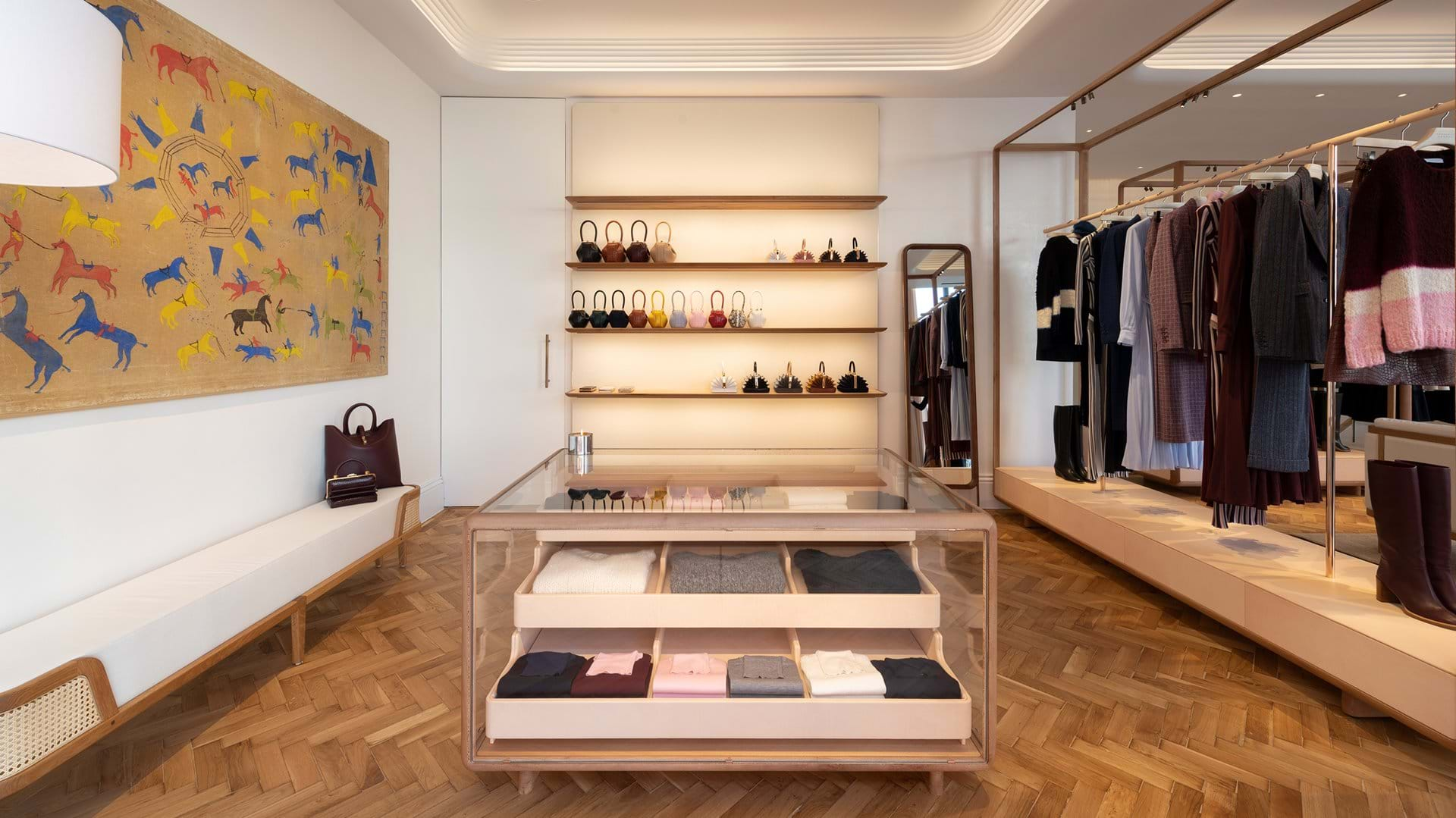
Oak is an incredibly sought-after type of lumber that has been employed in most construction, flooring and furniture projects throughout history. If you’re looking to invest in flooring that will last more than a lifetime, it’s crucial to know which oak best suits your lifestyle and design aspirations.
Both American oak (Quercus Alba) or a European oak (Quercus Petraea) floor are widely utilised in interior design. For this reason, designers and architects who specify wood flooring, veneers or cabinetry on projects are intimately familiar with oak.
When researching options for a new hardwood floor that’s durable, easy to work with and of course has a beautiful appearance, you’ll need to decide between American and European oaks.
Each has distinct characteristics that set them apart, and yet have an impact on how an expanse of flooring looks in a newly refurbished space. Continue reading to discover the key differences between two majestic oak species.
Species and origin:
European oak, is a native of various European countries — most commonly from sustainably managed forests in France, England and Germany.
American oak is a hardwood that’s principally found in Eastern North America. Both species are considered ‘white’ oaks, but American oak also comes in ‘red’ oak.
Colour tone:
Although both come from the same species of tree, European oak generally displays a darker tone with a naturally rich and warm golden-brown colour. Typically, American oak has a pinkish hue with some brown tones to it.
The choice between the two will depend upon the desired aesthetics you are looking to achieve
Strength and movement of boards:
European oak is considered hard, heavy and strong amongst experienced floor layers, meaning it is less likely to expand and contract to a noticeable extent when combined with a strong, engineered core compared to its American counterpart.
This guarantees minimal signs of movement, splits and cracks once the floor is installed.
Due to this strength and durability, it makes European oak a superior choice for flooring, that’s well suited for areas where there is likely to be more moisture, e.g. bathrooms and kitchens.
Grain pattern:
American oak timber is known for its clean, uniform appearance and straighter, subtle grain patterns.
For this reason, the boards work particularly well if you want to create an invariable look with no added character.
European oak tends to present a distinctive variation that contributes to its uniqueness and charm, showcasing varying wavy grain pattern and a display of mysterious ribbon-like marks across the grain known as ‘medullary rays’.
Length, width and thickness of boards:
Because the tree grows taller and the sapwood is wider and thicker than its heartwood compared to the average American oak species, European oak is often used for its longer length and wider floor planks.
If you’re looking for luxuriant aesthetics in a large room, you may want to opt for long and wider planks to achieve the best structural setup.
Conclusion
American and European oak have distinctive characteristics that make them special in their own right. In fact, an oak tree can live for hundreds of year, standing firm against everything nature throws at it.
While both will always be a great option for flooring, European oak boards offer an extra elegance and uniqueness that is likely to last more than a lifetime.
Its strength, durability, colour, and grain pattern makes it that much more desirable. At the end of the day, the type of flooring you choose will depend on personal preference, project type and design aspirations.

Our brains are easily fatigued — from busy workdays to each minute filled with a constant connection to modern technology.
Our physical and mental well-being has been thrown out of balance, causing a great ordeal to our nervous, endocrine and immune system.
To describe the discomfort and ill health that occurs as a result of the disconnection between humans and the natural environment, Australian environmental studies professor and philosopher, Glenn Albrecht coined the term “psychoterratica” in the early 2000s.
Simply put, it refers to the trauma caused by distance from nature.
In his 2019 published book, Earth Emotions: New Words for a New World, Albrecht introduces us to the new vocabulary needed to describe the full range of positive and negative eco-emotions and proposes a dramatic shift in the way we think about our relationship with our home planet.
The healing power of interacting with nature
Forest bathing, inspired by Japanese oldest pastime known as Shinrin-Yoku (shinrin meaning forest and yoku meaning bath), is credited with helping people maintain health and wellness.
The practise of forest bathing invites you to slow down, to walk in silence and deliberately connect with nature and breathe in volatile substances emitted by trees, called phytoncides (wood essential oils).
In her book, The Healing Magic of Forest Bathing: Finding Calm, Creativity, and Connection in the Natural World, Julia Plevin praises being exposed to nature for saving her life.
After realising how grey indoor environments and a dearth of greenery contributed to her depression and anxiety, she set out to explore the connection between space, nature, health, and design.
Nature therapy (cultivating a connection with our surrounding), especially spending time among trees, became her medicine.
“It is just being out in nature, but for me, it comes with the intention. The intention to slow down, to awaken your senses and to go there knowing the healing benefits of nature,” says Plevin.
With a plethora of research evidence on the transformative power of nature in promoting health and happiness, more and more people are turning to their natural surroundings to unplug from the fast-paced life — and renew energy, boost creativity and spark inner peace.
A research study on “The physiological effects of Shinrin-yoku (taking in the forest atmosphere or forest bathing): evidence from field experiments in 24 forests across Japan” reveals that forests… “promote lower concentrations of cortisol, lower pulse rate, lower blood pressure, greater parasympathetic nerve activity and lower sympathetic nerve activity than do city environments.”
Another study on “Psychological effects of forest environments on healthy adults: Shinrin-yoku (forest-air bathing, walking) as a possible method of stress reduction” indicates that:
“forest environments are advantageous with respect to acute emotions, especially among those experiencing chronic stress. Accordingly, shinrin-yoku may be employed as a stress reduction method, and forest environments can be viewed as therapeutic landscapes.”
One interesting aspect of shinrin-yoku is its effects on our immune system.
Through his research on how the activity of our natural killer (NK) cells are affected by practising forest bathing, Dr Qing Li, an expert in forest medicine and a professor at Nippon Medical School in Tokyo, found out that… “natural killer cells are a type of white blood cell and are so-called because they can attack and kill unwanted cells, for example, those infected with a virus, or tumour cells.”
He writes, “both the number of NK cells and their activity increased significantly both immediately after practising forest bathing, and up to thirty days later.”
Ways to bring nature into your life
Connect with nature outside: walking in the forest, hiking in mountains or a visit to the park can improve your emotional health, heart, muscles, and overall metabolism rate. Spending a part of our working day away from workplace cubicles and the same old office space alone or with co-workers gives an instant boost of freshness to the mind.
Bring nature inside: biophilic design encourages bringing a sense of the natural world into our built environment. It has been suggested that adding natural touches can imbue feelings of comfort and contentment. Wood, for example, when used in interior design has significant health benefits similar to those created by spending time in nature.
Incorporating indoor water features and skylights that permit more natural daylight, using earthy colour and organic shapes that mimic patterns found in nature settings, decorating with lush greenery are just some of the ways to increase the connectivity between indoor spaces and the natural environment
Conclusion
Disconnection from natural surroundings can lead to both mental and physical exhaustion.
A large body of empirical research has revealed that spending time in nature could be used as a therapeutic intervention for those experiencing mental health problems such as stress, anxiety and depression.
Not only do we feel restored when we’ve been immersed in nature, but our senses recalibrate and mental performance improves too.
The quiet calm of nature can do our overstressed brains a favour — it is contagious, awakening the innermost feelings of happiness and peace…

Deciduous trees (those that loose their leaves seasonally) produce hardwood.
These trees are known as angiosperms and any fruits they produce have a hard shell, drop to the ground, and are not air-borne, such as acorns.
The most common hardwood trees are alder, beech, oak, walnut, teak, hickory, walnut, mahogany, maple, and balsa.
The differences in the hardness of the wood can be quite varied for both hardwood and softwood. In most cases hardwood tends to be harder than softwood, but not always.
European Hardwoods
European oak has been a valued wood species for flooring across centuries — greatly associated with history, longevity, steadfastness, durability and strength.
Traditionally, oak was of native origin, but as the population and demand continue to grow, European oak is now mostly sourced from well-managed, sustainable woodlands of Croatia, France and Germany.
Attributes of European Oak
European Mountain oak is exceedingly strong, heavy and durable.
Also, the character within the oak is better distributed throughout the tree because of the steady and regular growing pace of the tree, this makes it a perfect and reliable choice for our floor finishes.
Similar to genuine reclaimed oaks from at least the last century in Europe, slower grown oak has a tighter grain and produces a more stable wood structure.
Only with a significant amount of tannin in the wood can we create our hand-made and custom finishes.
Hardwood Flooring Design Considerations
One of the great things about hardwood flooring is that it captures the beauty of nature — and acts as a connection between interior space and the natural world.
Even better, it’s aesthetic appeal, sturdy construction and ease of cleaning make it a valuable material — and despite numerous shifts and changes in style and design, it has survived the test of trends throughout the years.
The unique properties of hardwood lend a sense of permanence to interiors.
Of course, due to its popularity, it has its own set of special considerations which vary among the various options.
Unique
Offering design flexibility, every plank, board, or strip used on a hardwood floor is unique in a way that fulfils different tastes and preferences.
There are different species and exotic hardwoods, each with its own particular grain, hue, and characteristics, offering diversity in almost any interior setting.
Granted, installation of hardwood flooring is a one-of-a-kind feature that’s unmatched.
Character
Its appeal in design and construction is a natural one, as of course, over time wood is going to change.
It will acquire subtle shadings of colour, and pick up small scratches, nicks, dents and other beautiful imperfections that give the floor an authentically antique look and feel.
That is the kind of unique character that brings an added layer of personality and can only be attained over the course of years.
Sustainability
The demand for environmentally-responsible solutions is on the rise, and more and more end clients require some sort of sustainability certification.
Rightfully so, as the type of hardwood that’s grown in an ecologically viable way creates a very low environmental impact and offers high-quality flooring.
There are many different measures of sustainability for timber, ranging from schemes such as Forest Stewardship Council (FSC), that promotes environmentally responsible forestry practices.
Durability
Material durability is another thing to consider, and hardwood oak flooring has a reputation for being very long-lasting.
Flooring that is kiln-dried, manufactured, installed and finished to certain standards can be sanded down and refinished multiple times without losing structural integrity.
Solid Hardwood VS Engineered Hardwood
Engineered hardwood flooring is constructed in a thin layer of hardwood veneer on top of multiple layers of different woods, known as ply layers.
The choice between engineered or solid wood flooring usually depends on many factors including, how you want the flooring to be fitted, condition of your sub-floor and what factors are important to you (e.g. ability to sand & refinish, height of floor), cost, and of course, how well the flooring might best benefit a project. Of course, the answer is “it depends”.
Advantages of solid hardwood flooring include:
- Because it is solid through and through, it can be sanded and refinished several times over the lifetime of the floor.
- Thick flooring layers hold up well over time and offer a solid feel underfoot.
- As might be expected, sound transmission is better than engineered hardwood.
- Normally sold unfinished, so can be stained in any colour desired.
- Solid hardwood is often offered in an extense variety of platforms and sizes.
Advantages of engineered hardwood flooring include:
- Extremely dimensionally stable especially when adhered to a concrete subfloor.
- Its layered construction makes it less likely to expand, contract or shift when exposed to moisture, humidity and temperature changes.
- A better option in rooms that are subject to frequent or extreme moisture content (below-grade installations like basements) or over concrete slab and radiant heating sources or systems.
- Offers multiple installation options: nails and glue, as well as lock & fold technology.
- Generally sold prefinished.
Hardwood VS Laminate Wood Flooring
- Unlike solid or engineered hardwood where no two boards are the same, laminate flooring pre-designed patterns that imitate the look of wood texture means repetition is unavoidable and on average, every 5 boards look identical.
- The life expectancy for laminate is about 2 to 15 years, but hardwood can last a lifetime (100 years or more) depending on its maintenance and care.
- The damaged laminate boards would need to be completely replaced as they cannot be sanded or refinished.
- Hardwood floors are 100% natural, both can be disposed (or recycled) without any damage to the environment. The same cannot be said for laminate wood flooring.
- All wood naturally contains levels of formaldehyde, known to be a human carcinogen in hight levels. Laminate flooring tends to have more than Hardwood.
Conclusion
Hardwood flooring has been the most popular type of flooring for decades, and transcends both time and style changes. When you consider its overall lifespan and high-performance, engineered and solid wood flooring is a wiser, healthier and environmentally conscious option. It’s construction, colour and texture assortment, coupled with high dimensional stability, easy to maintain and longevity, it offers undeniable decades of both functionality and timeless beauty.



